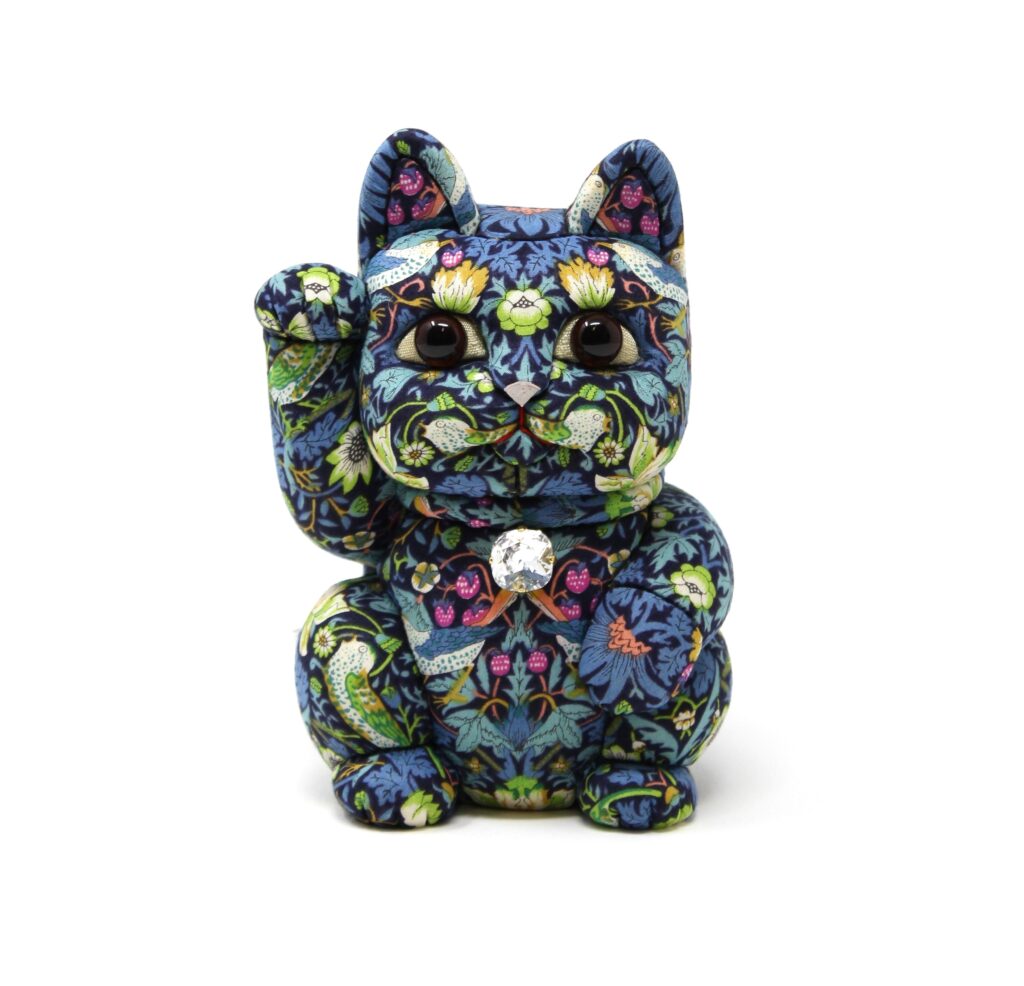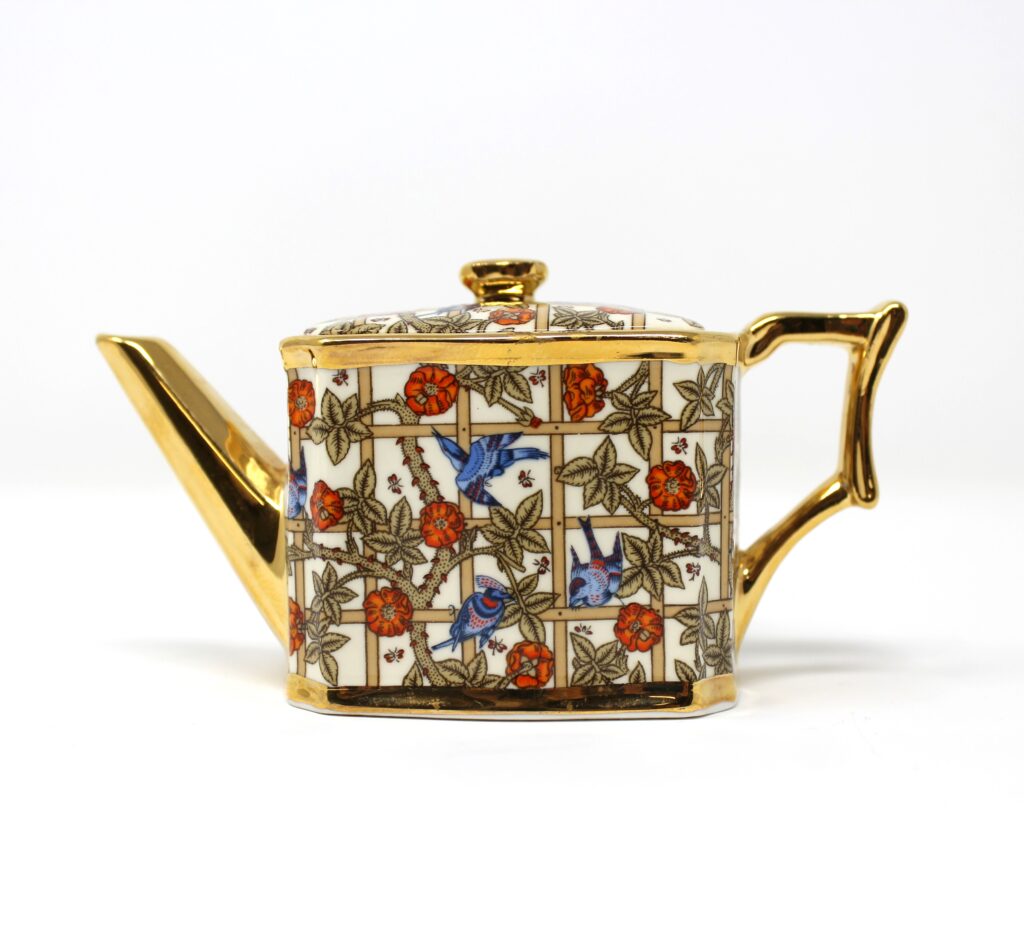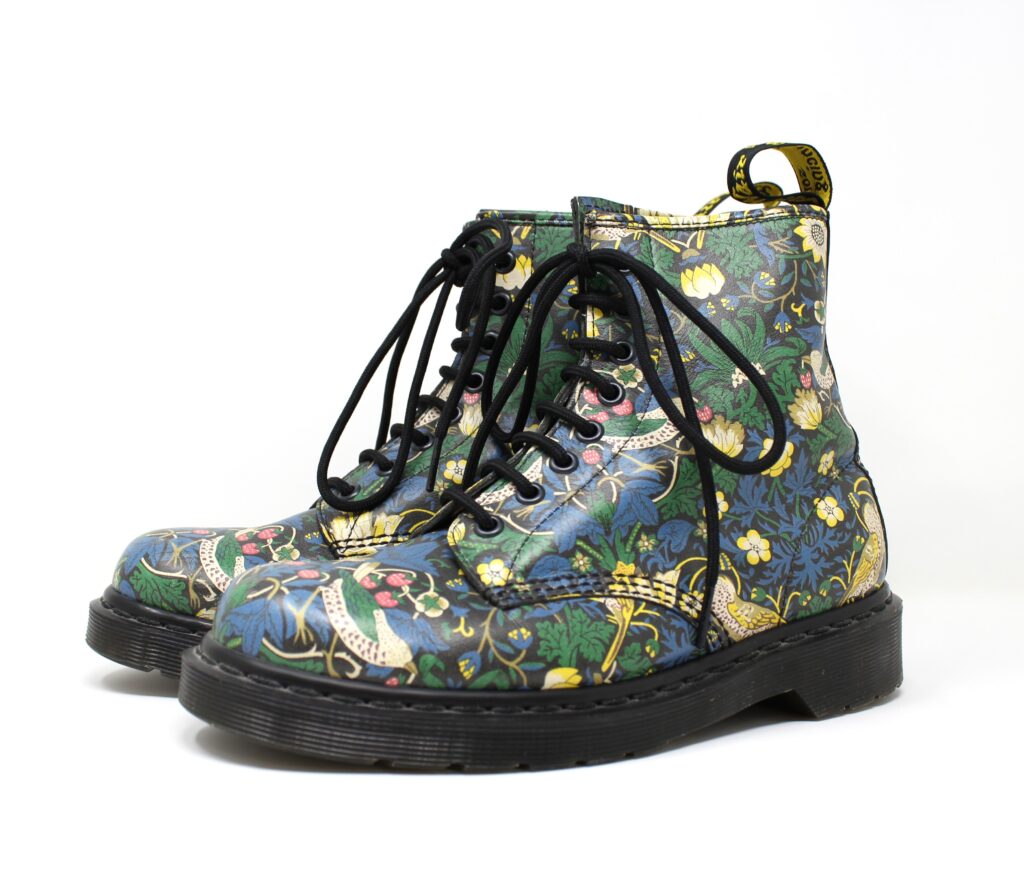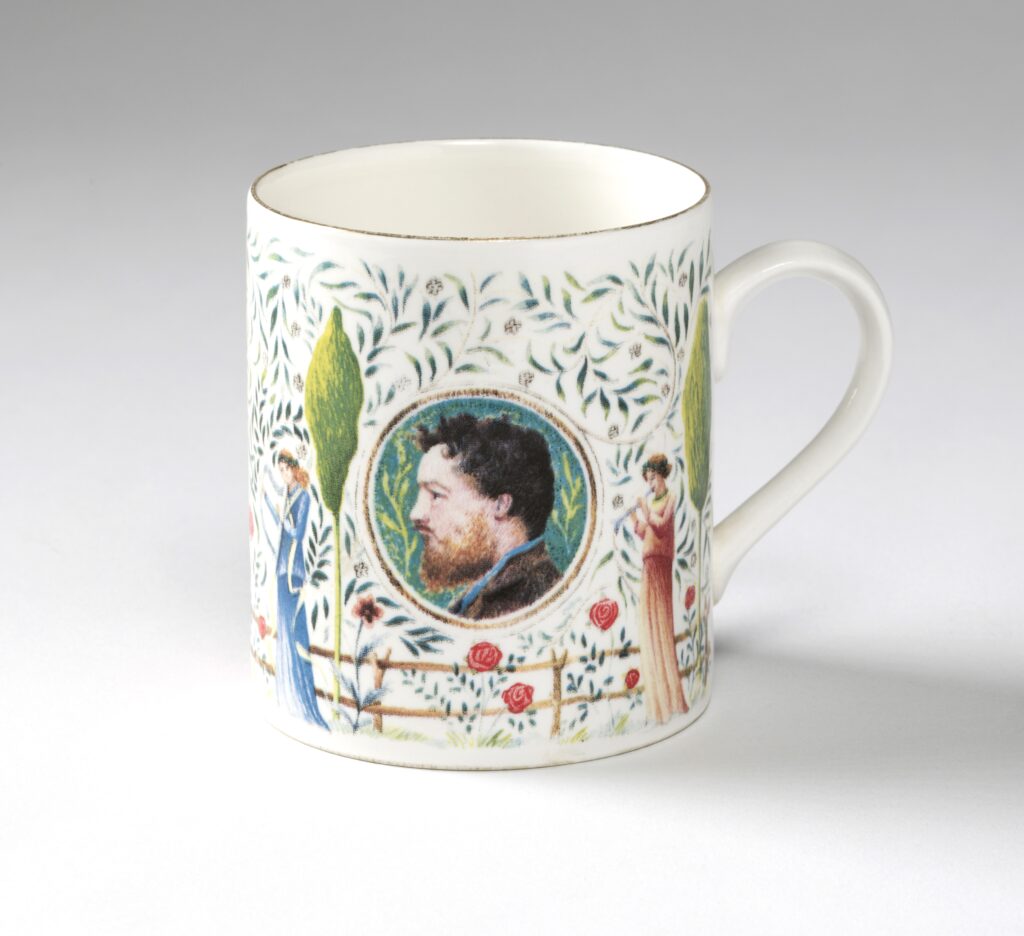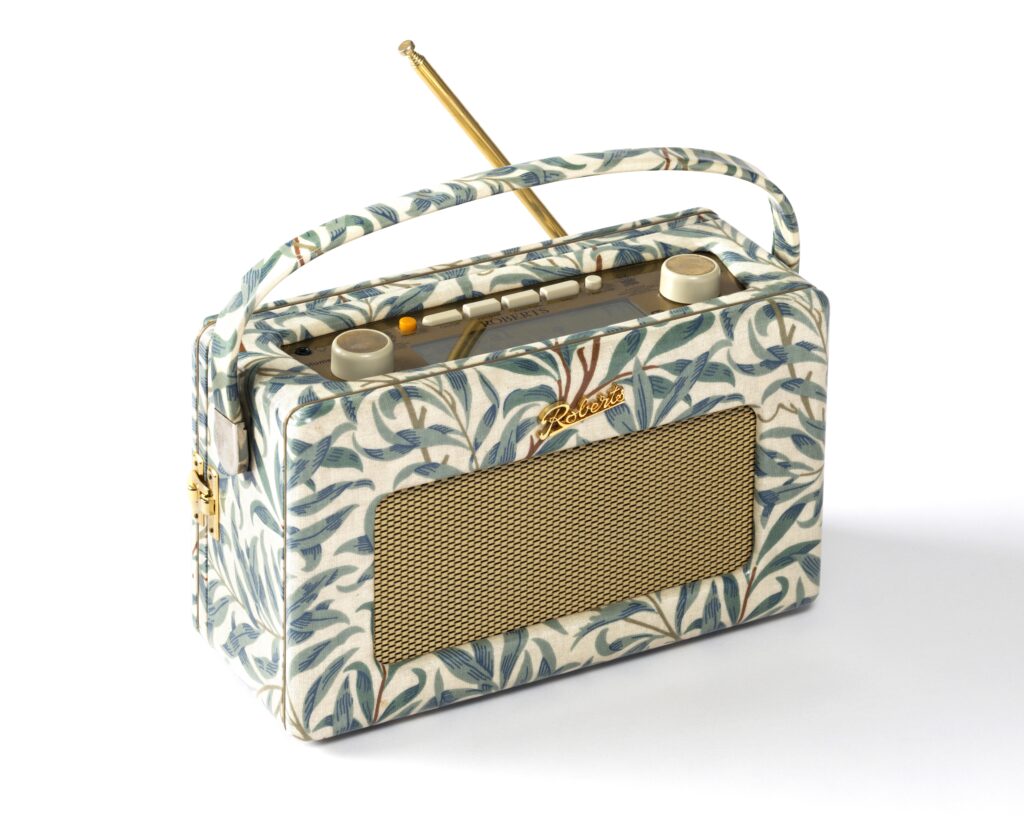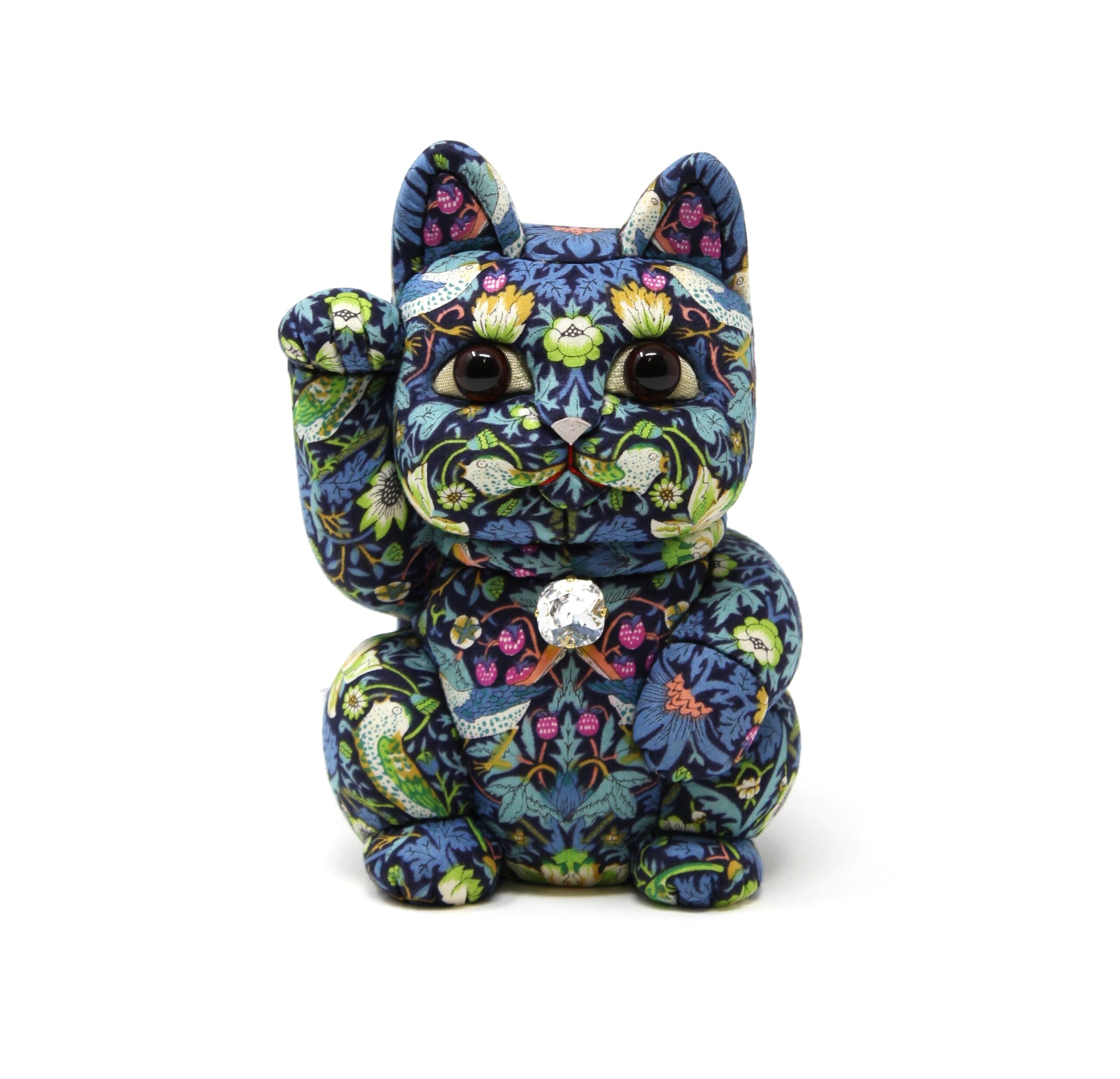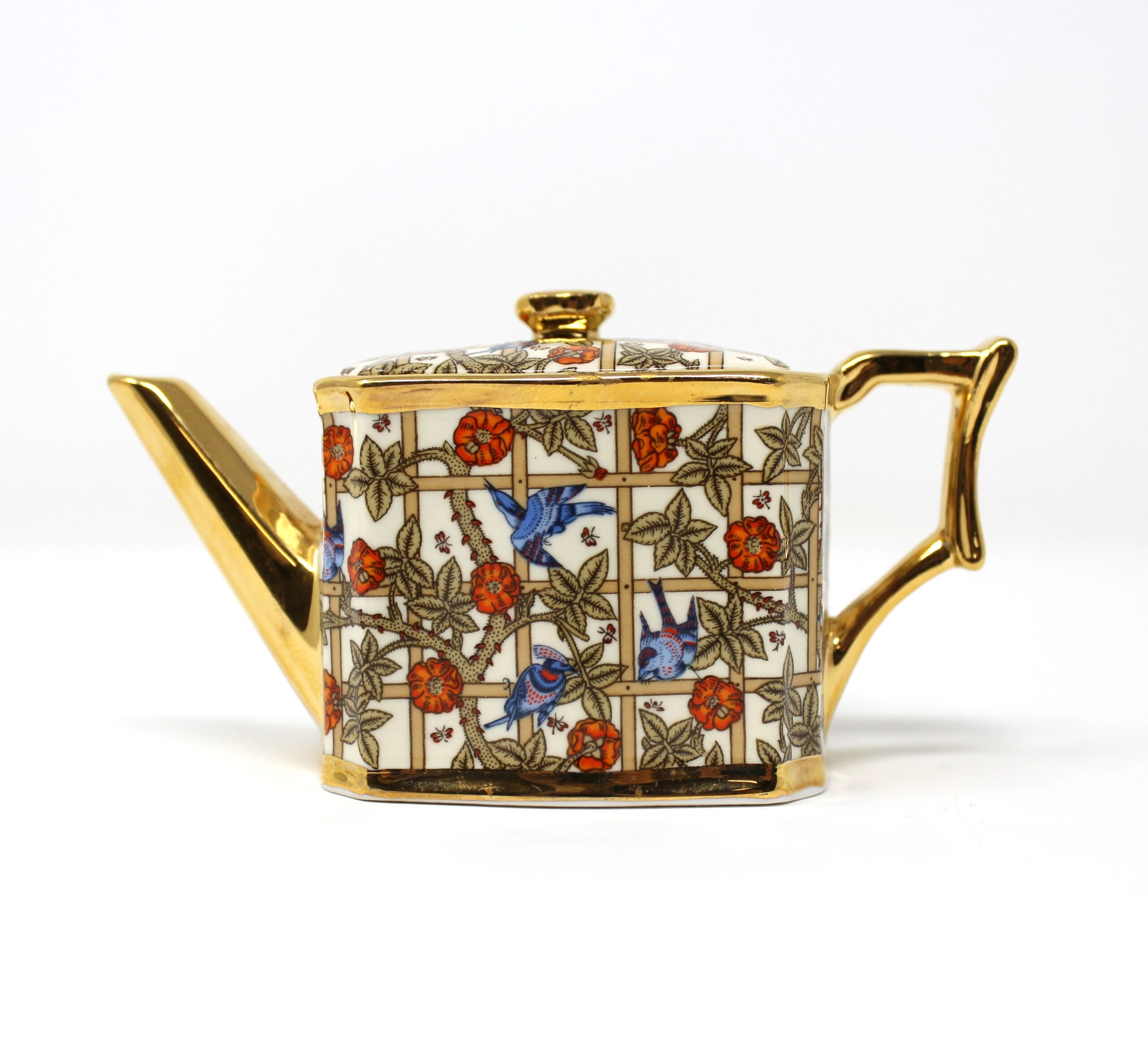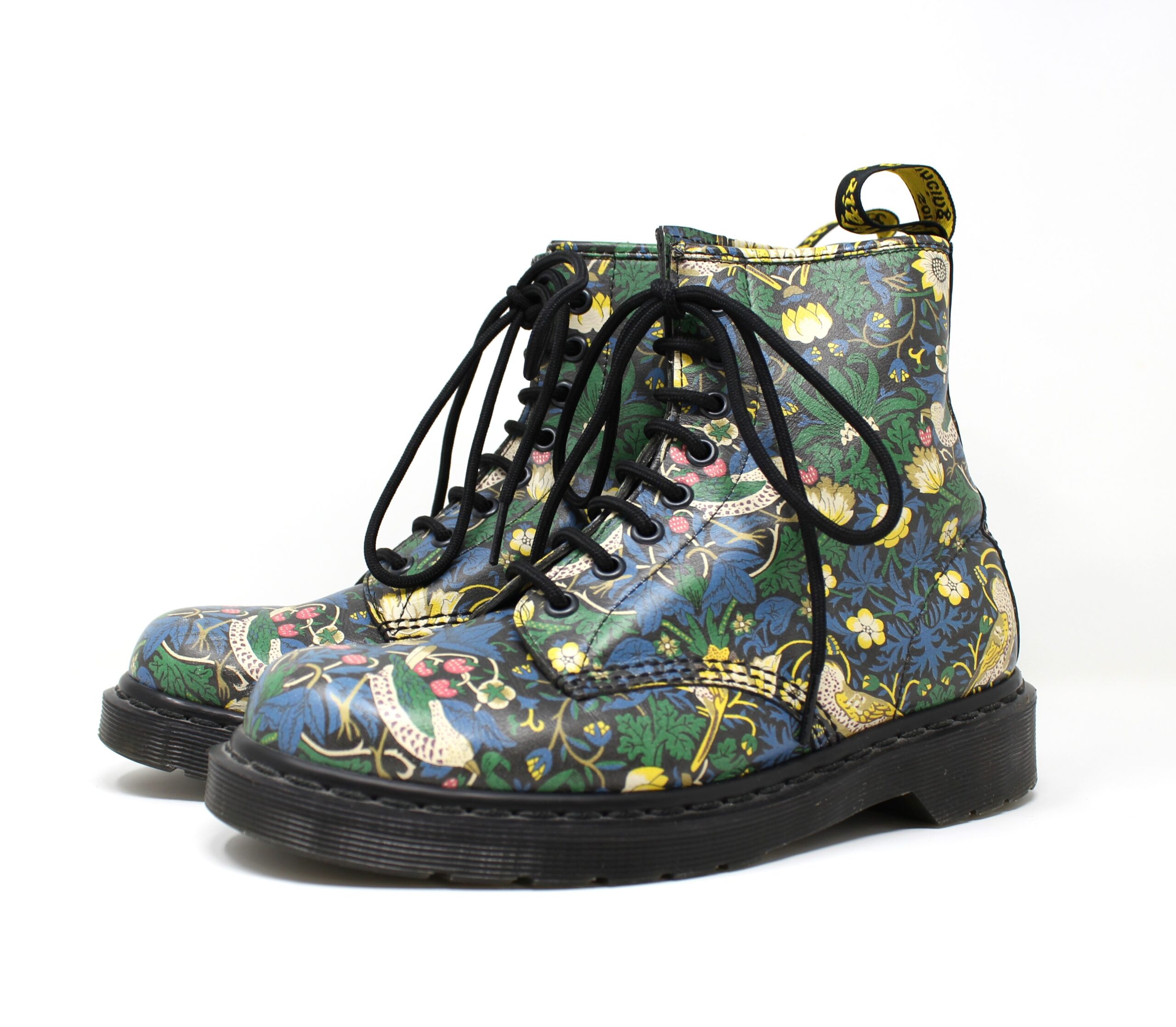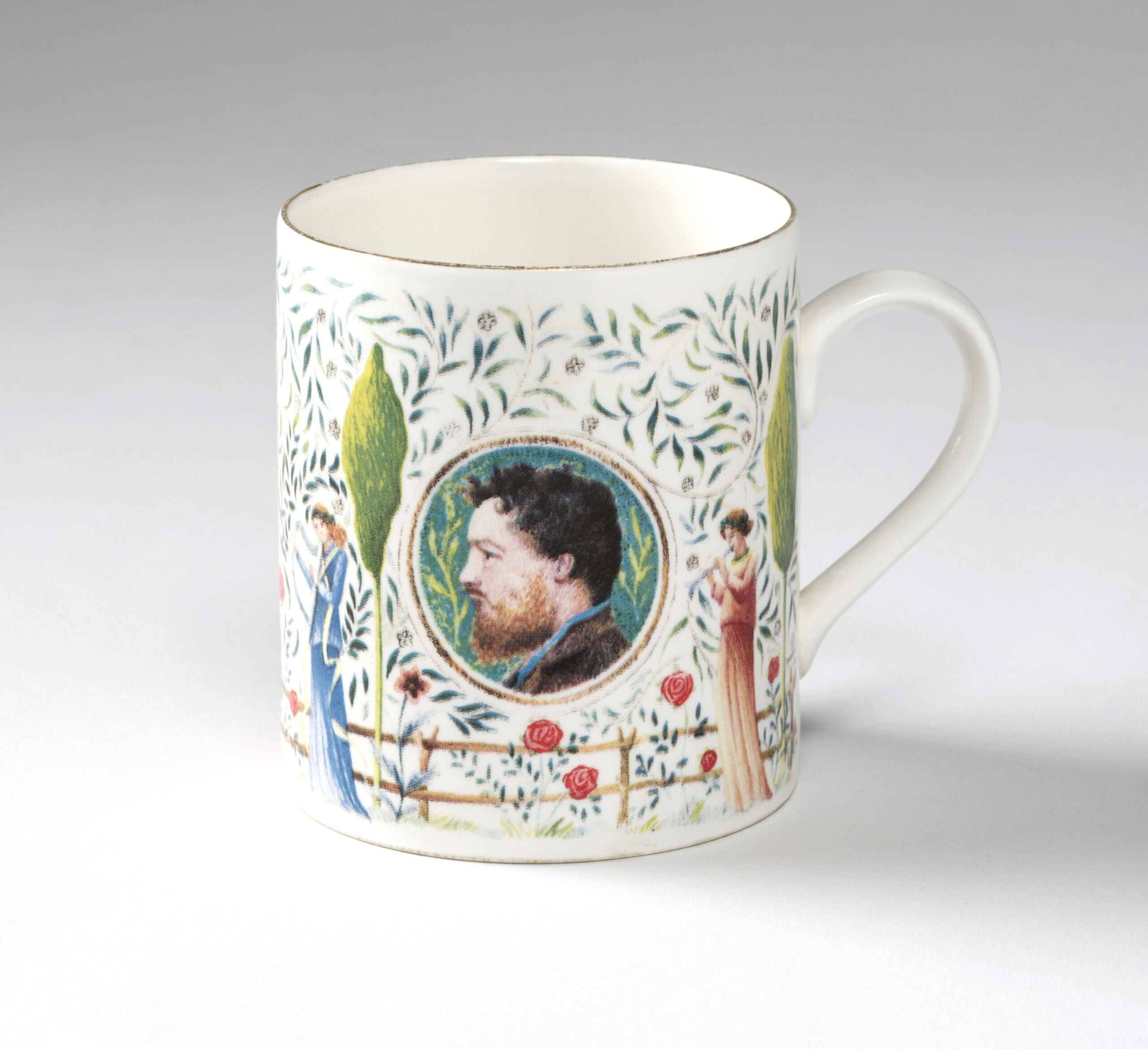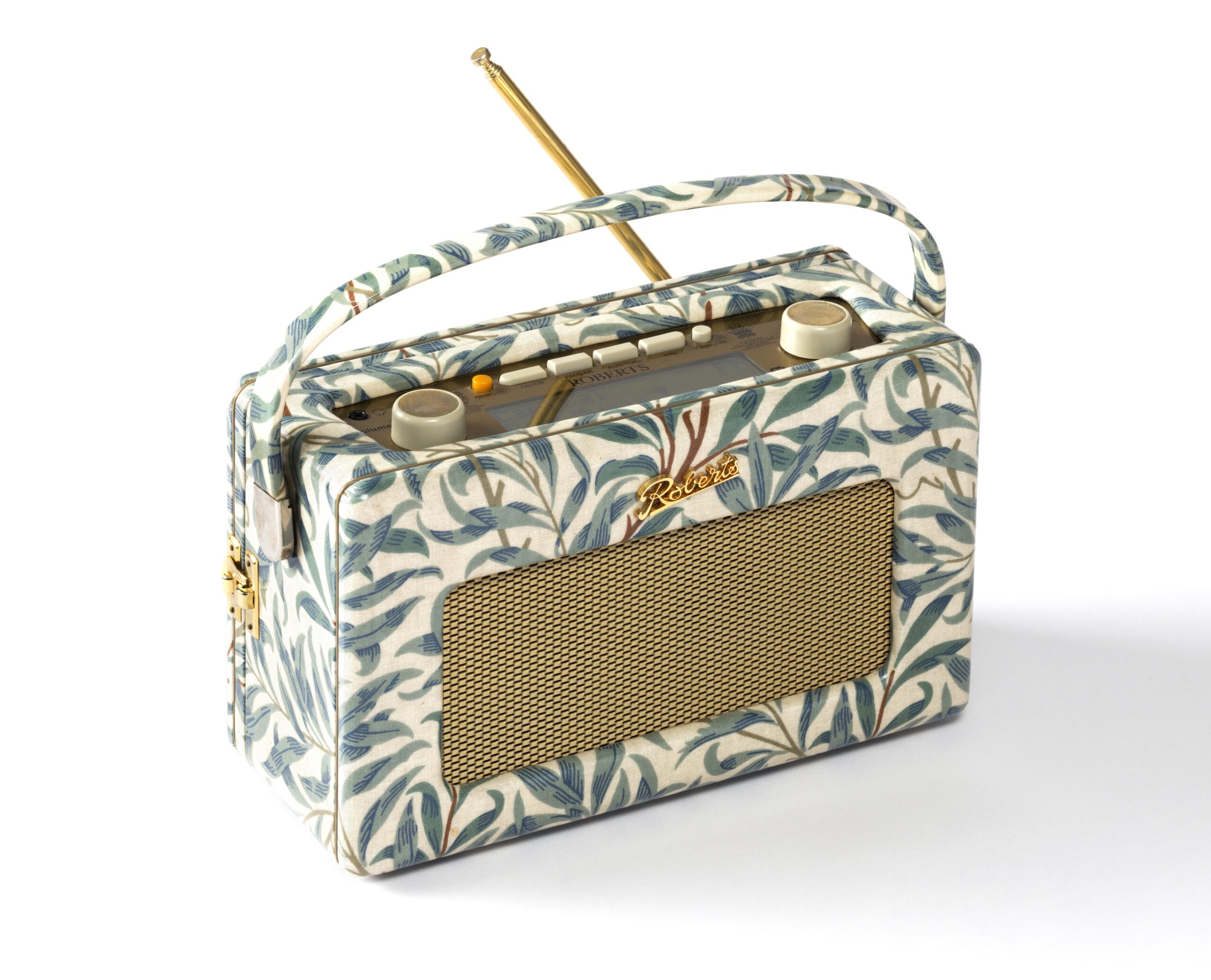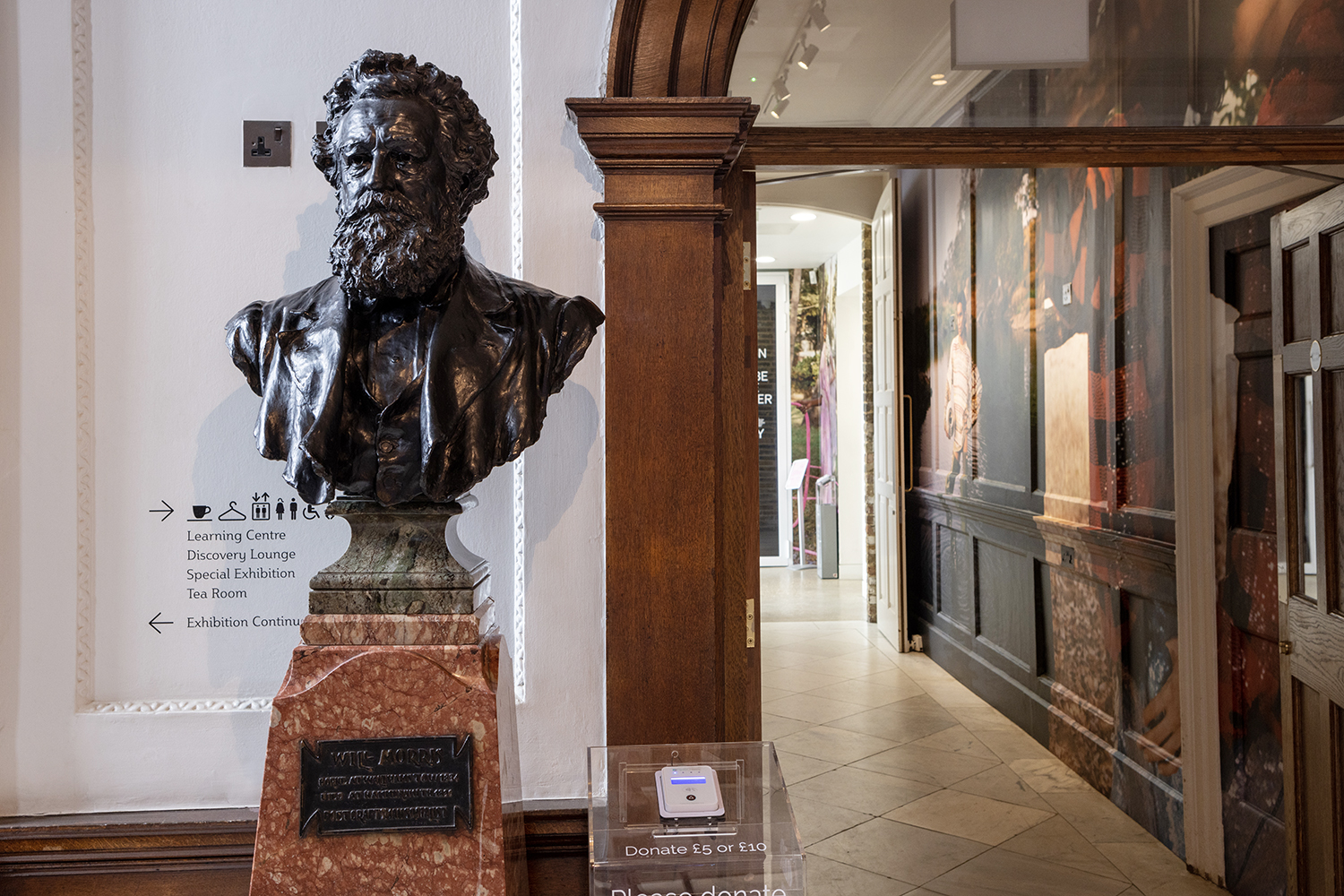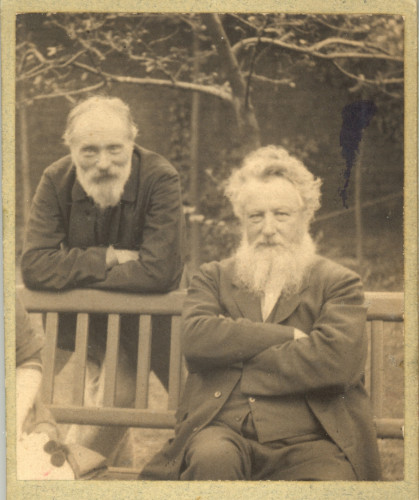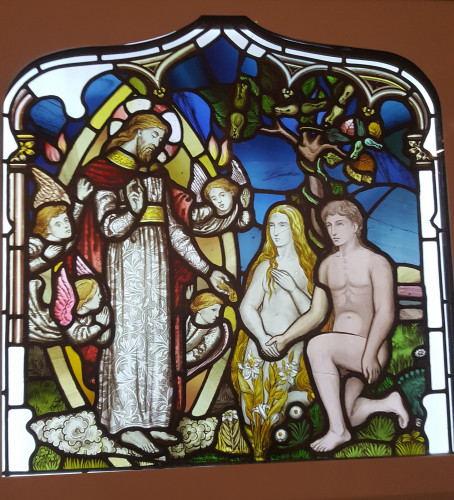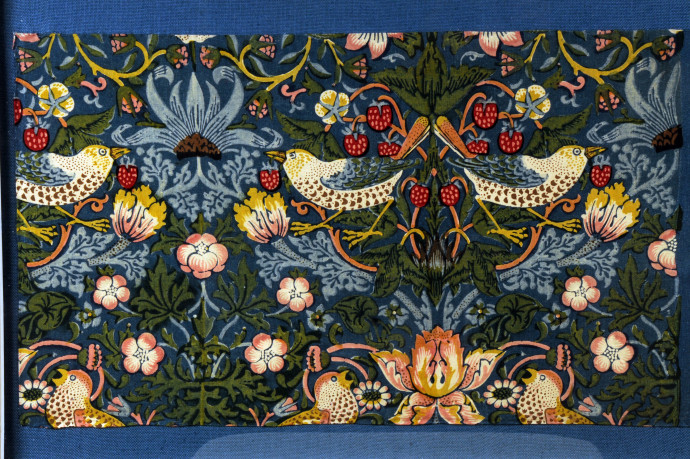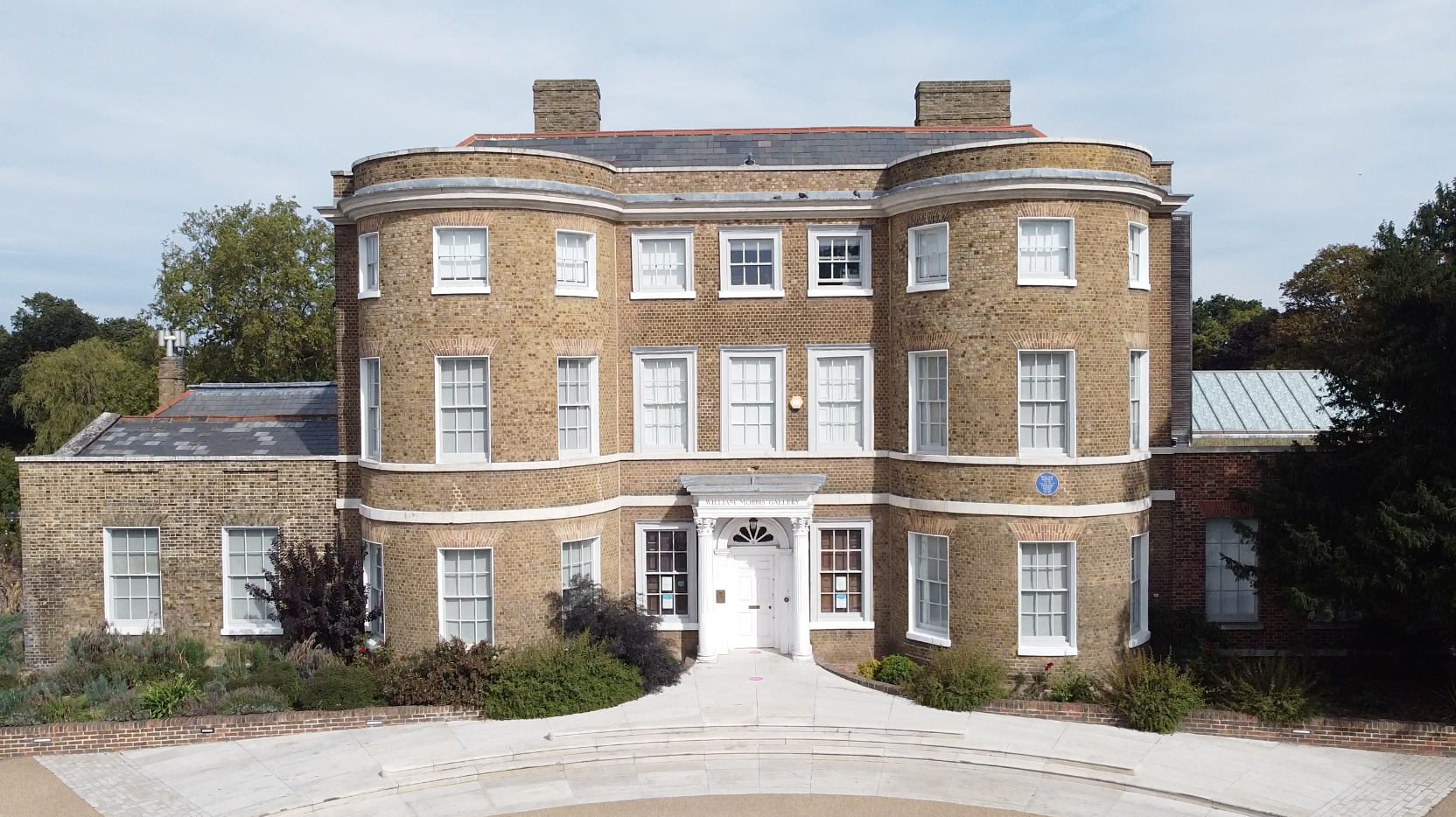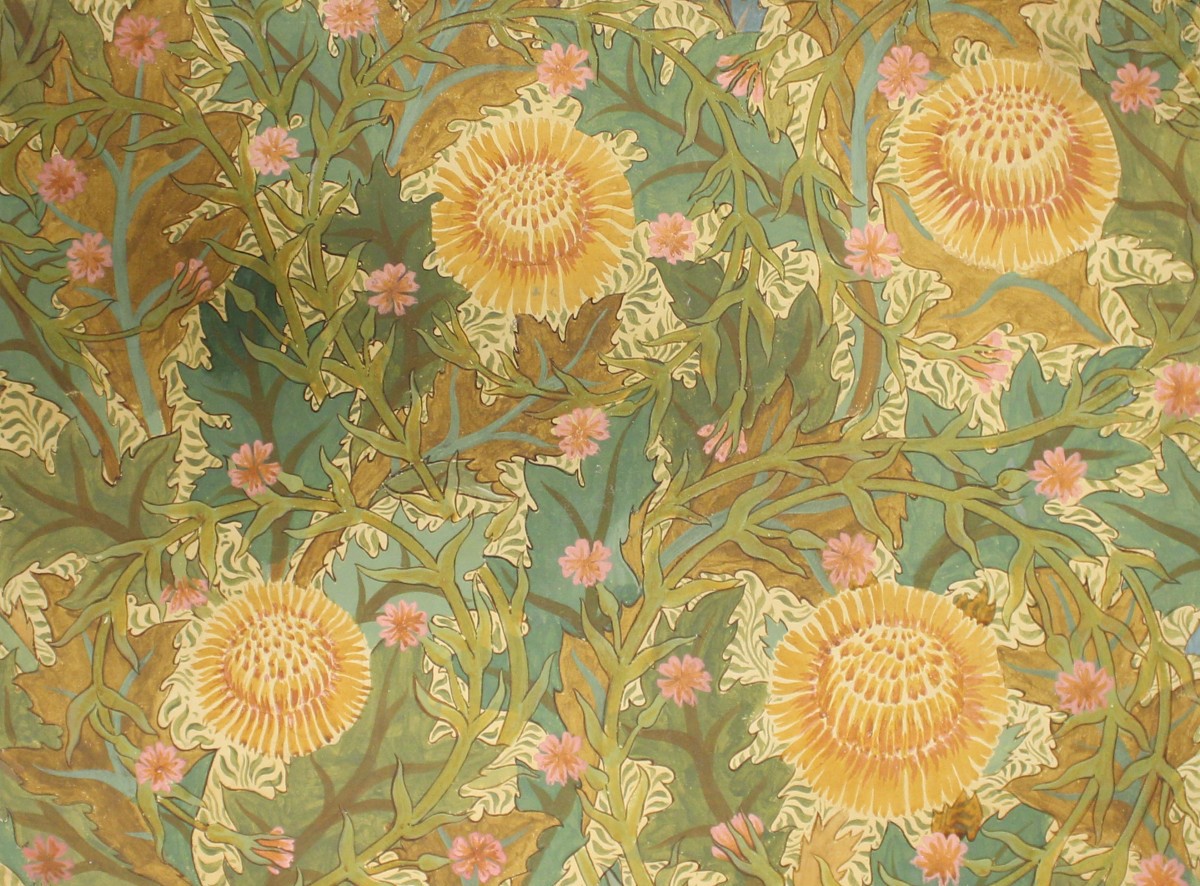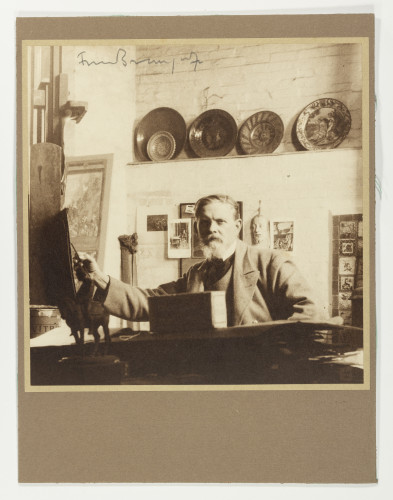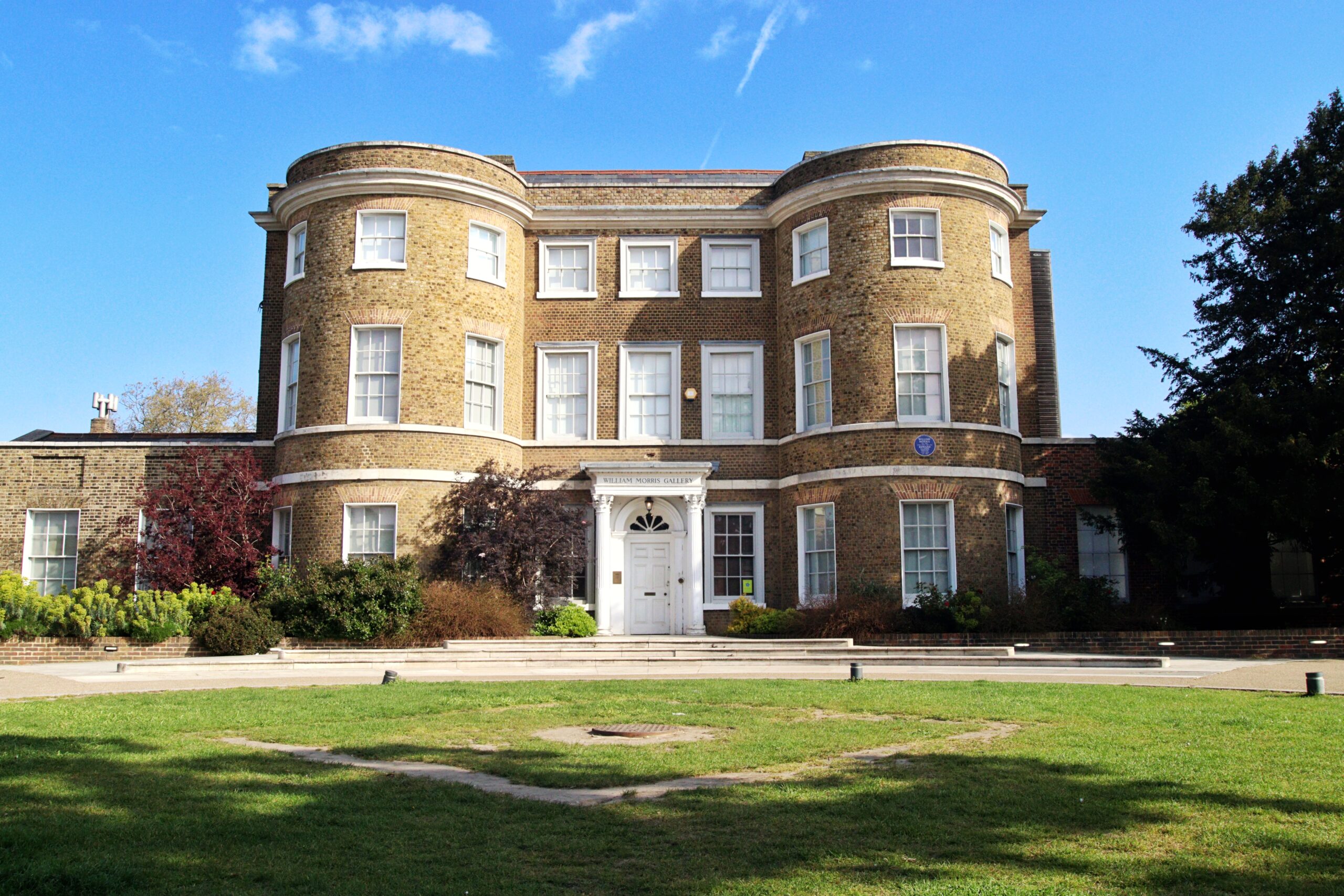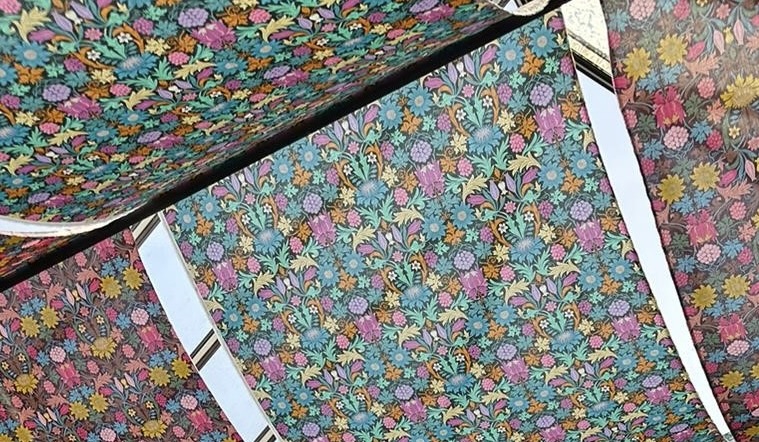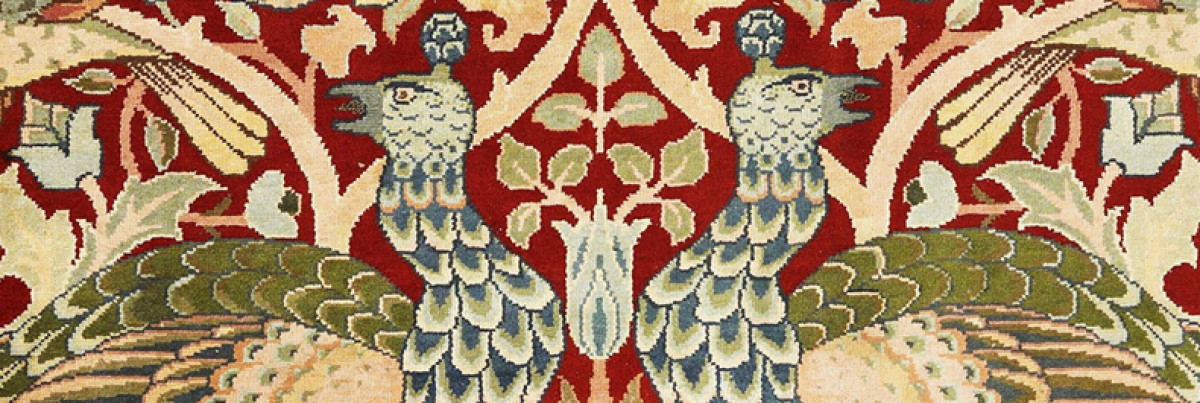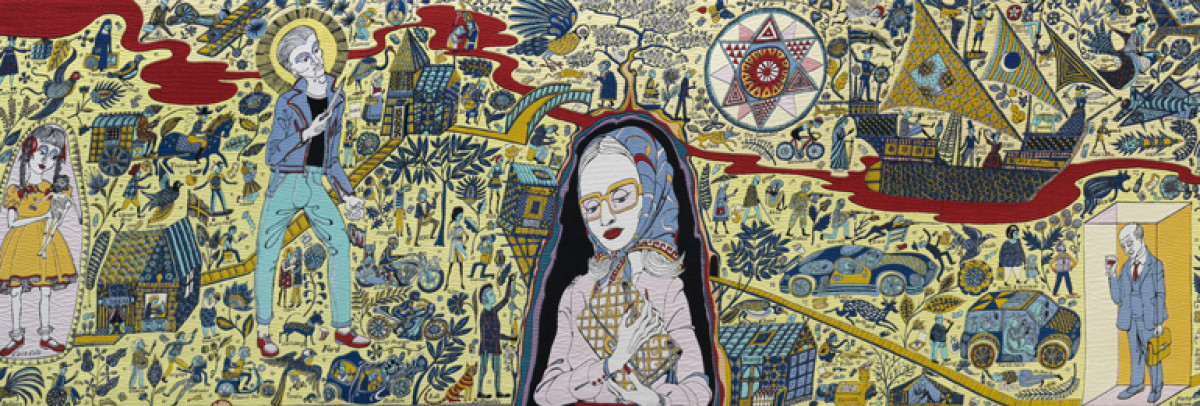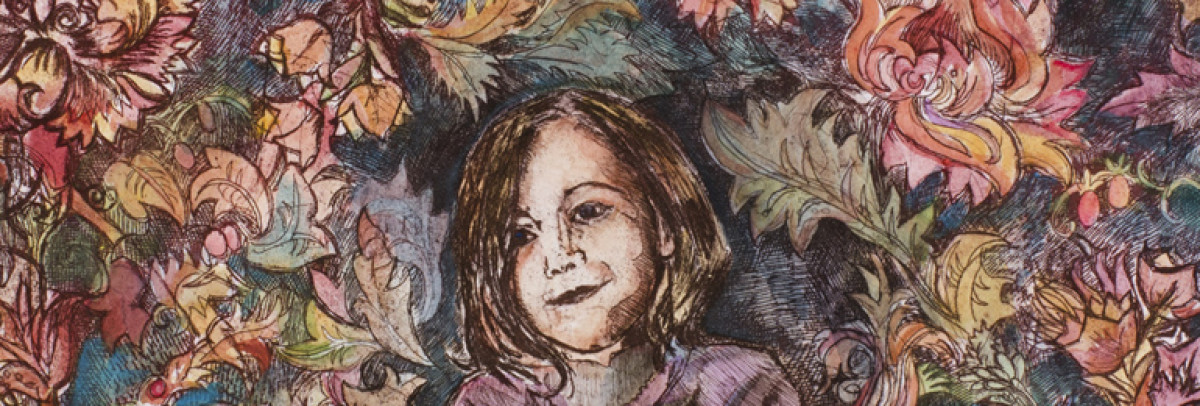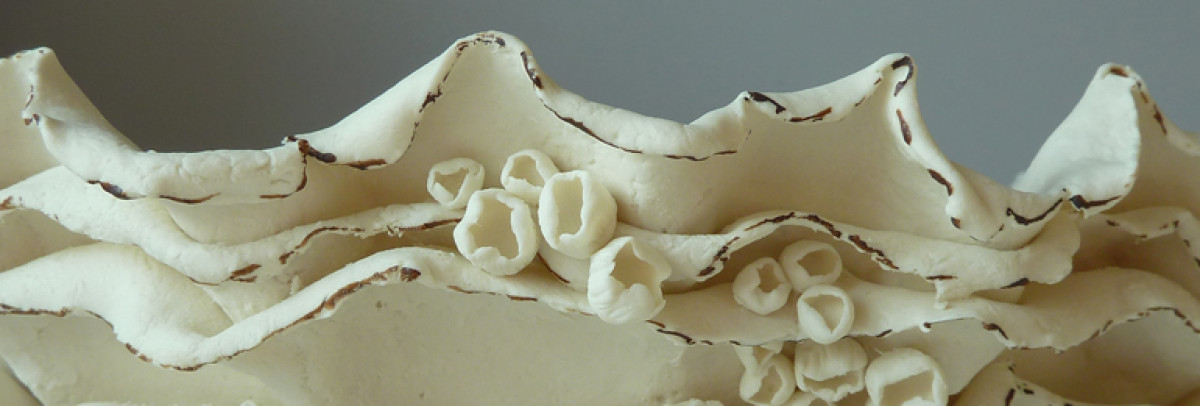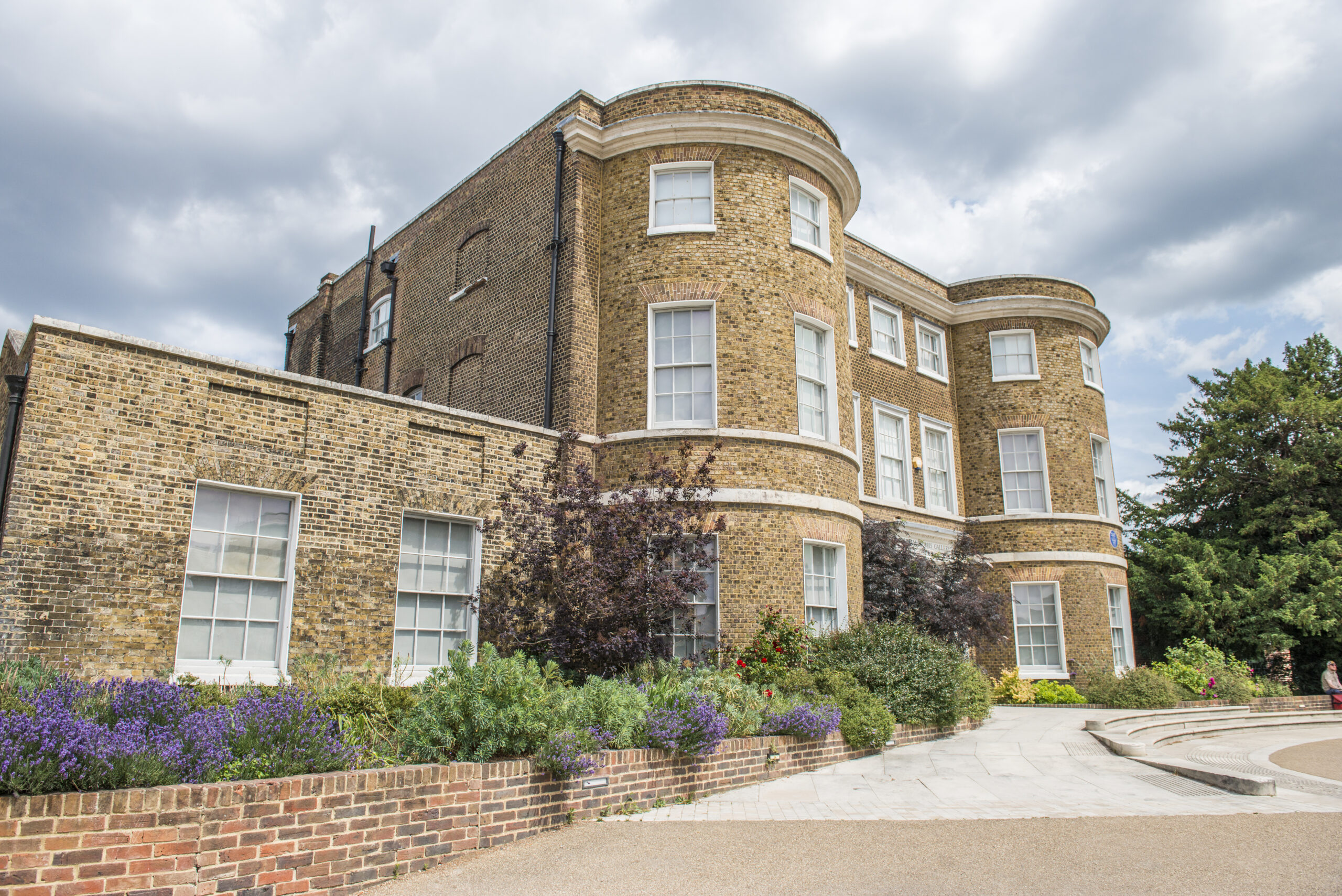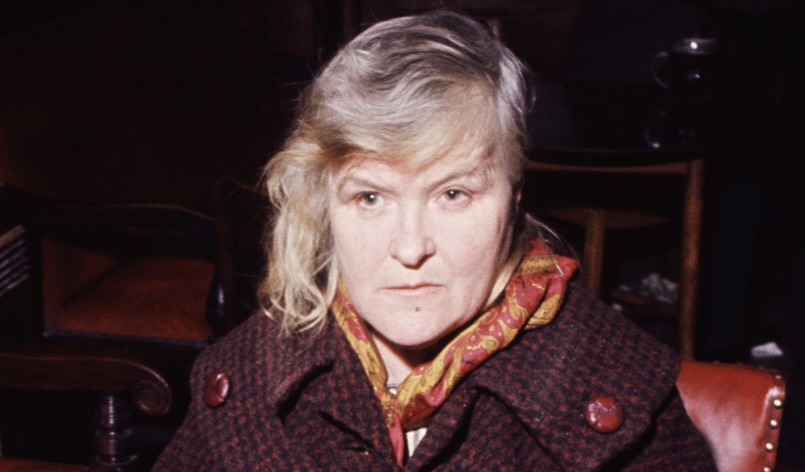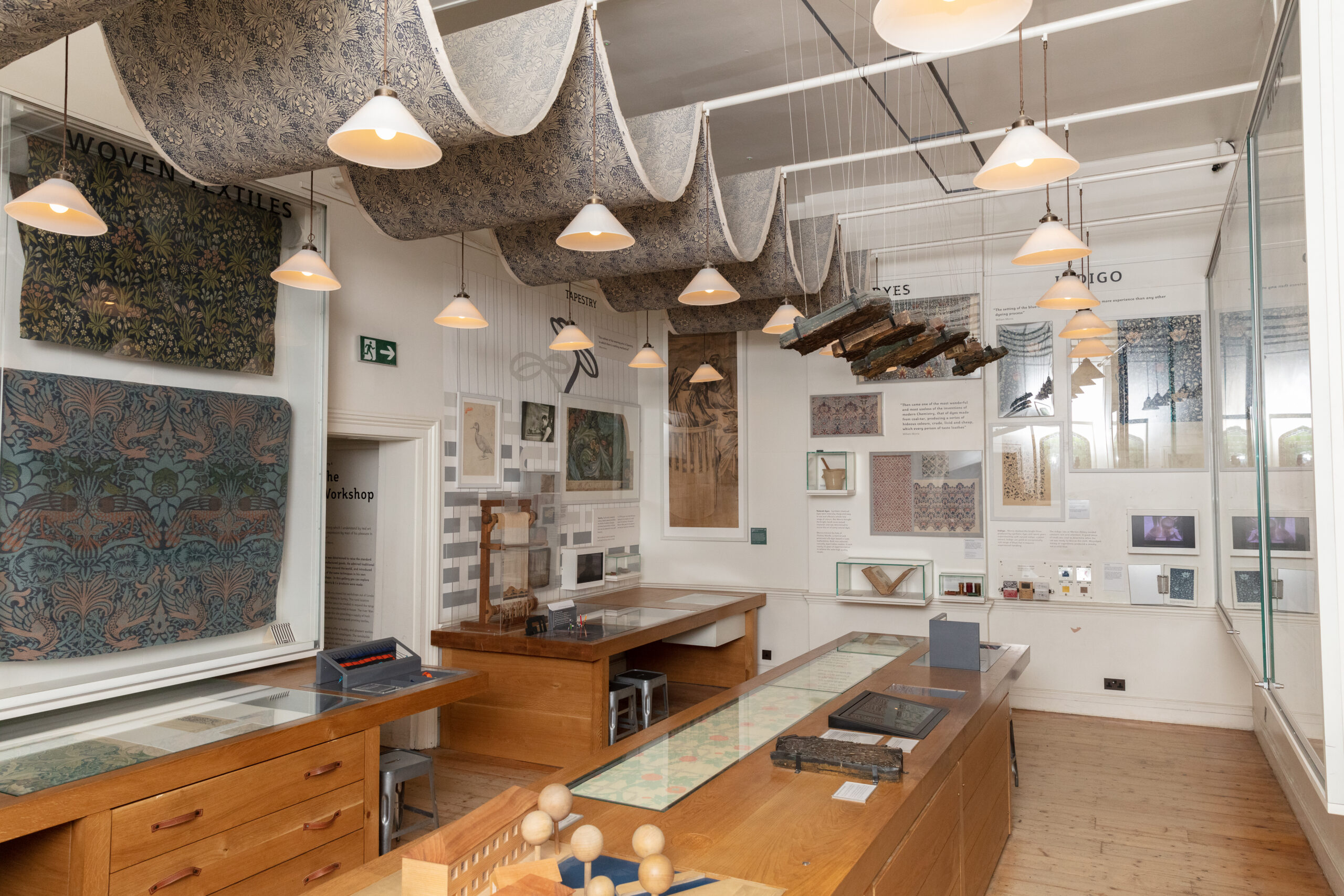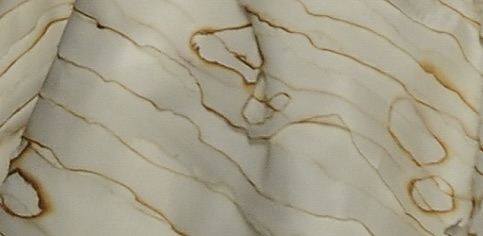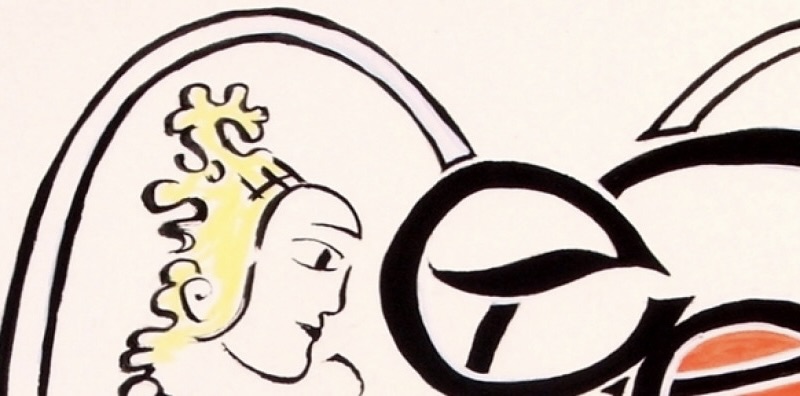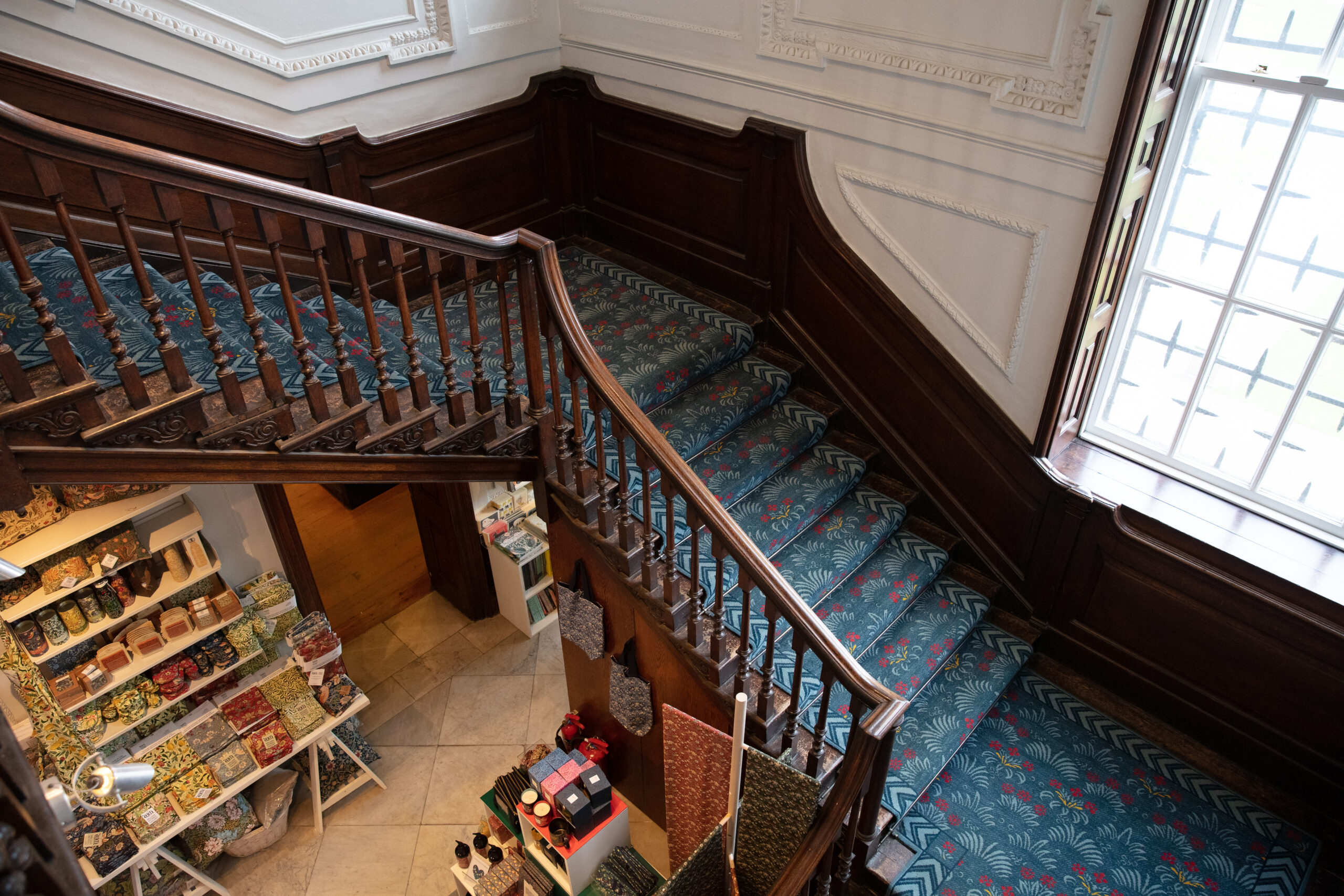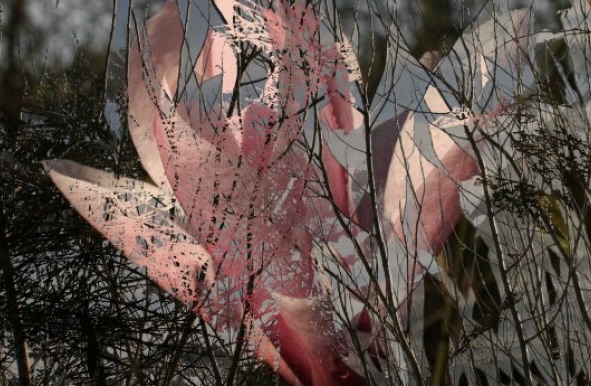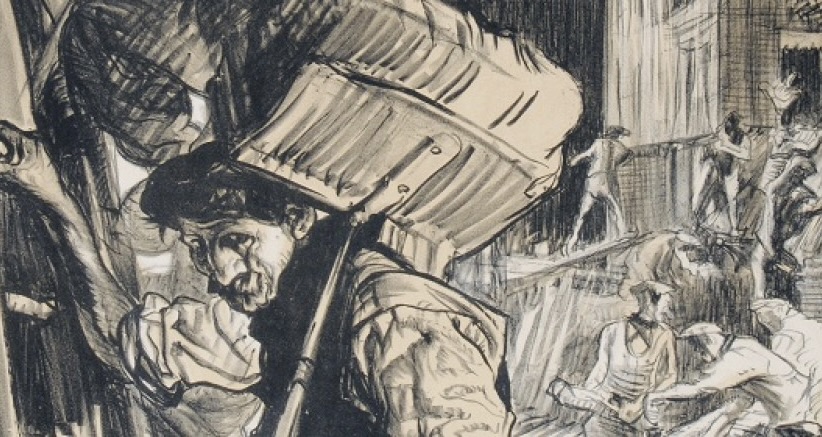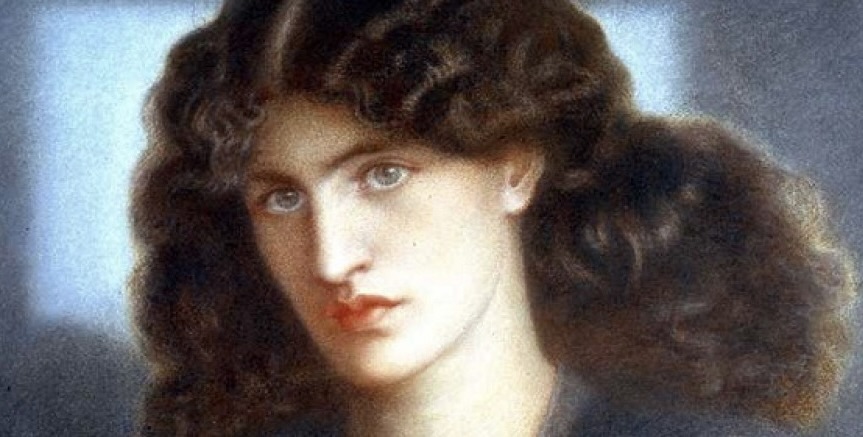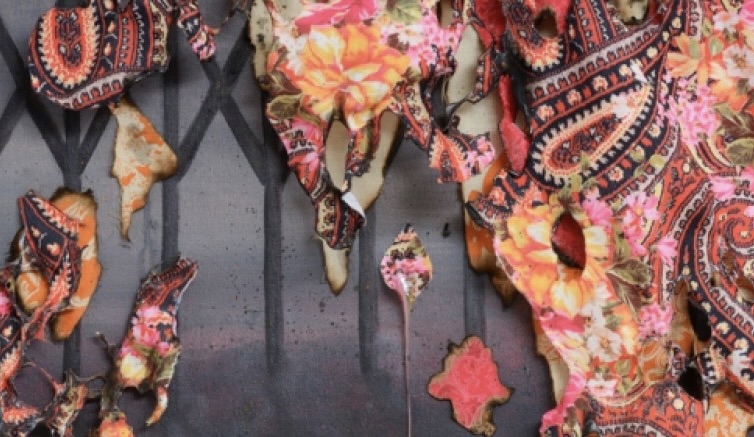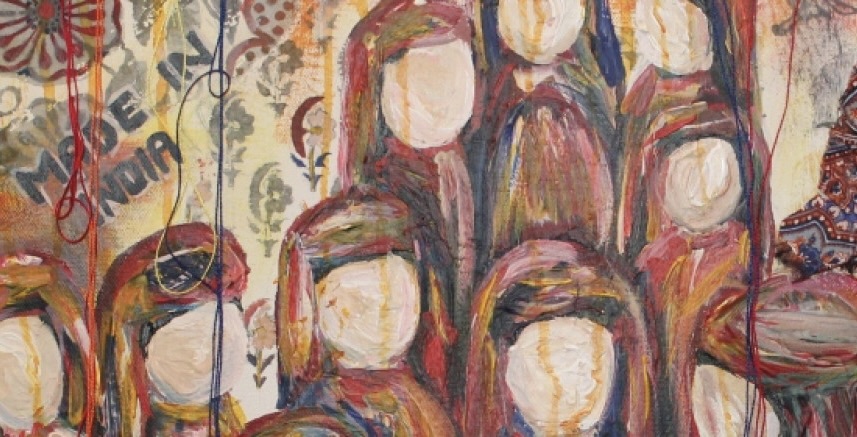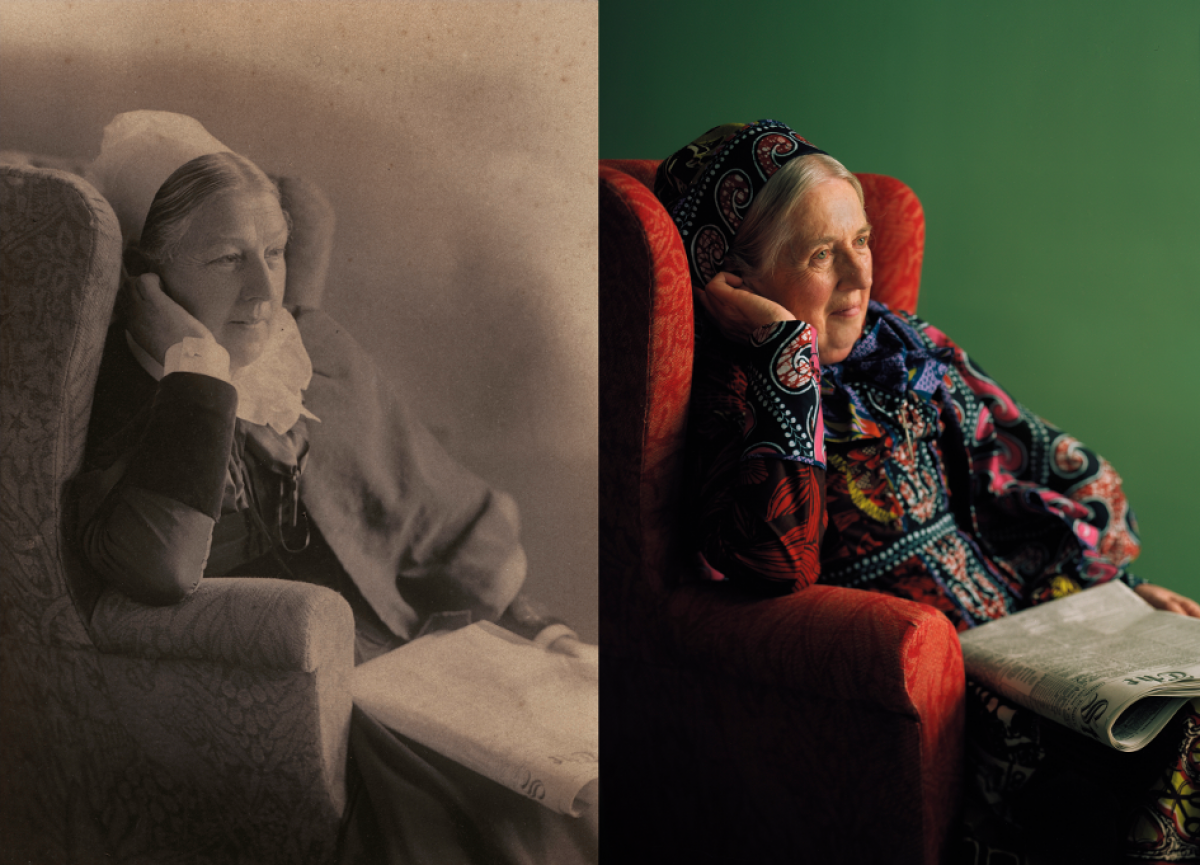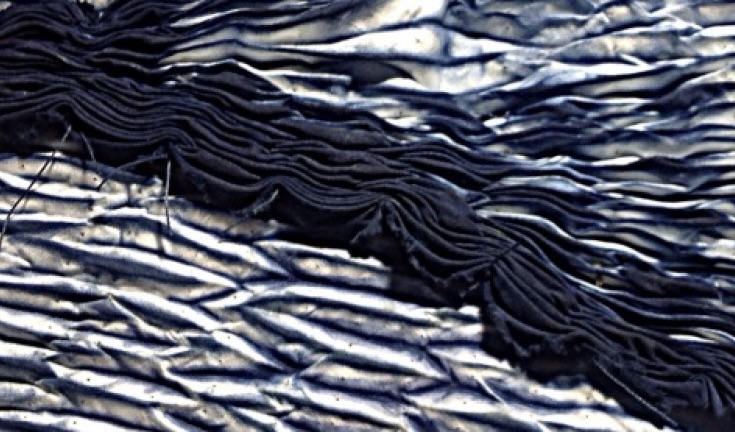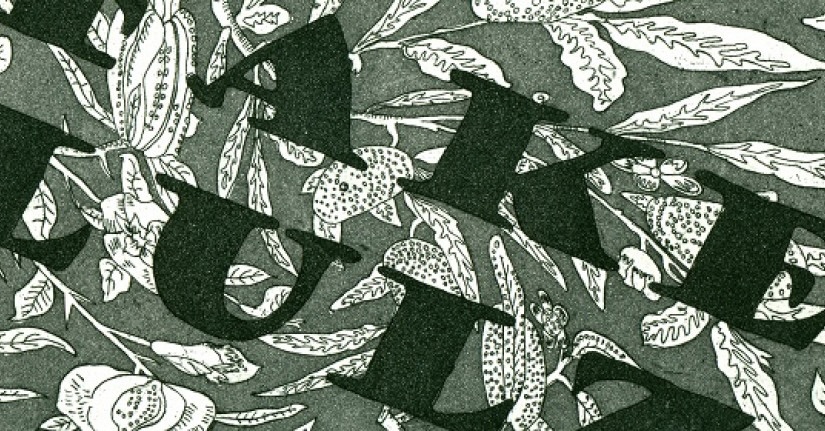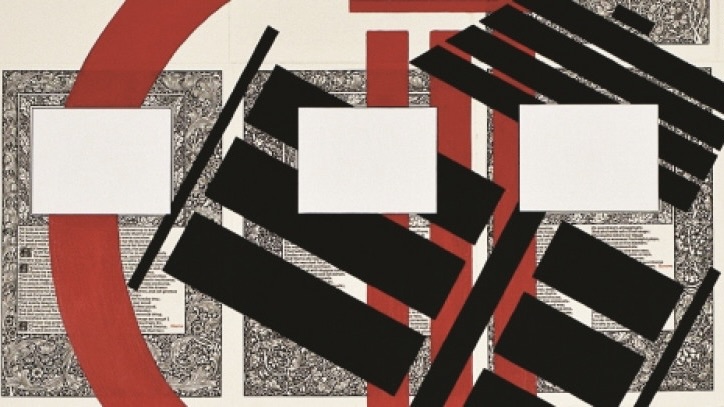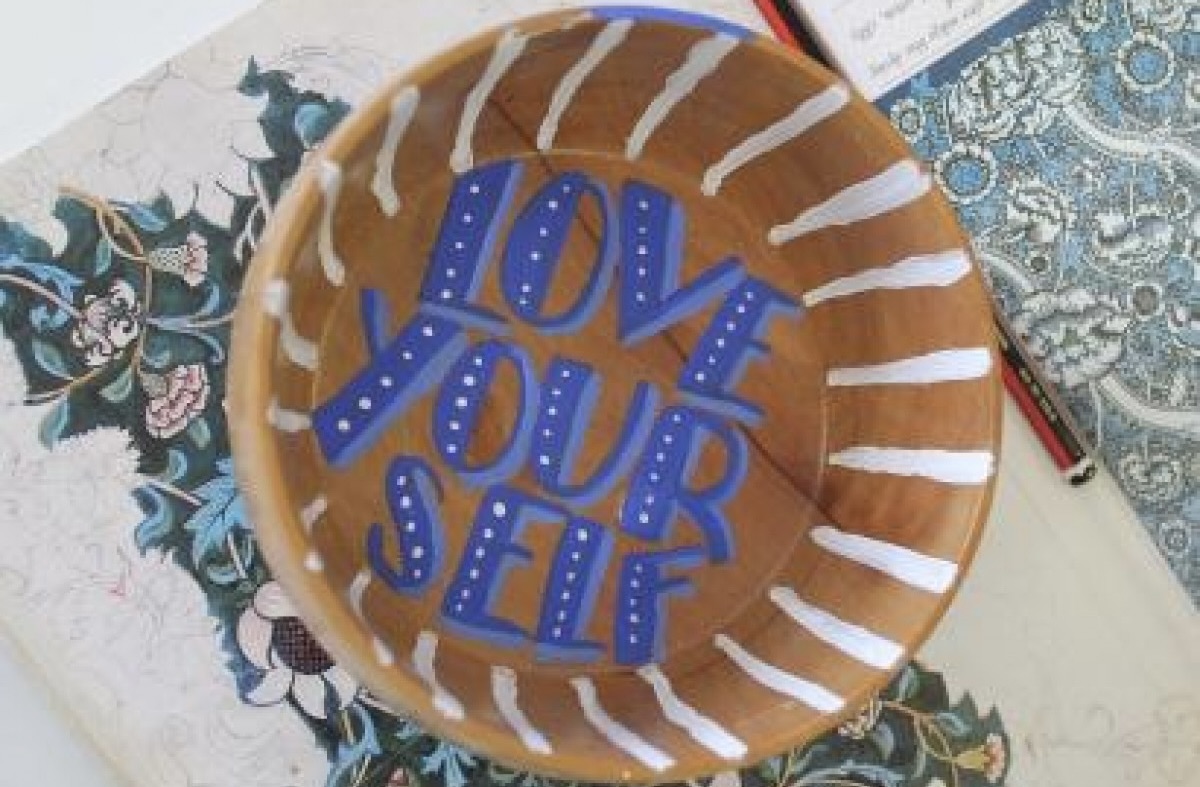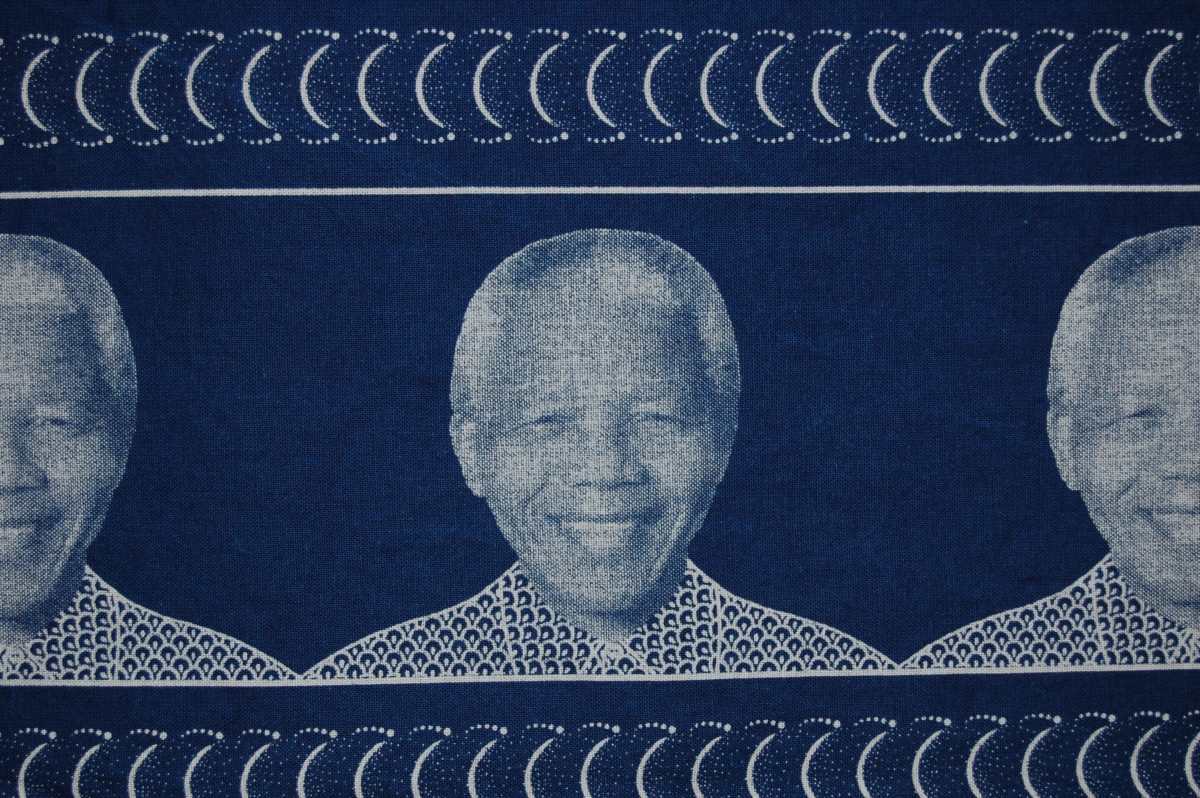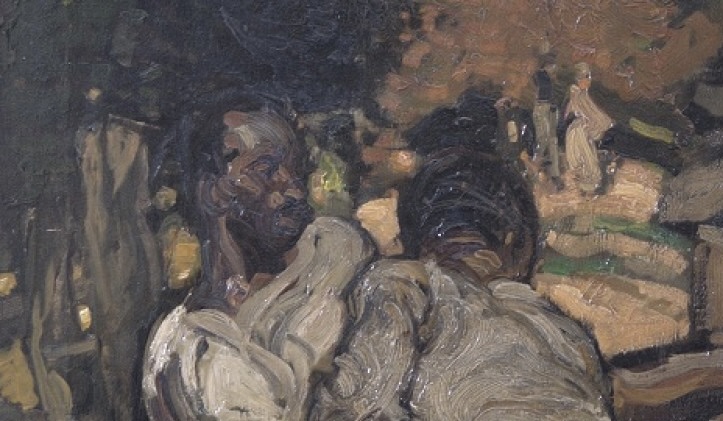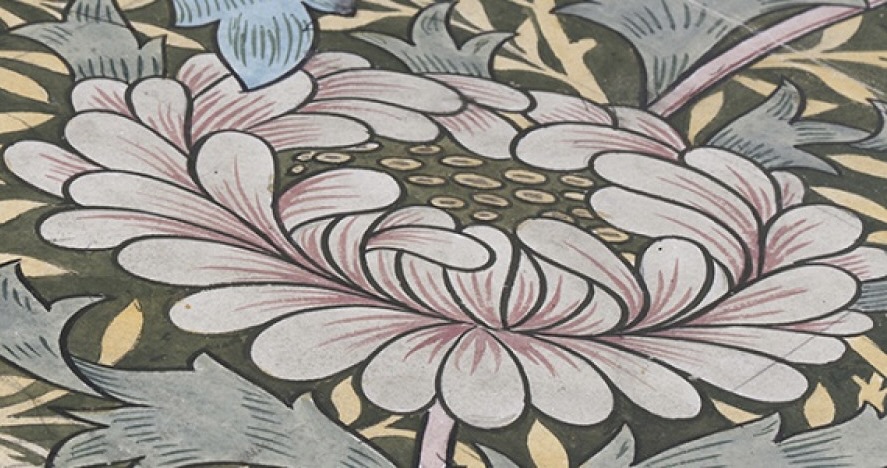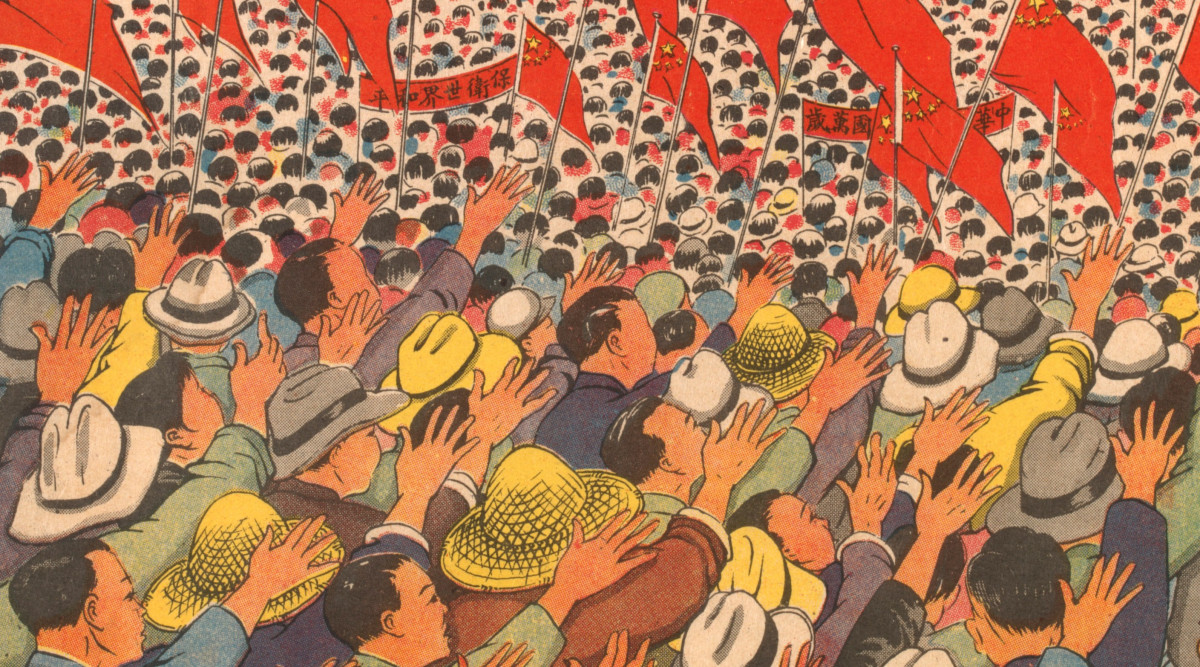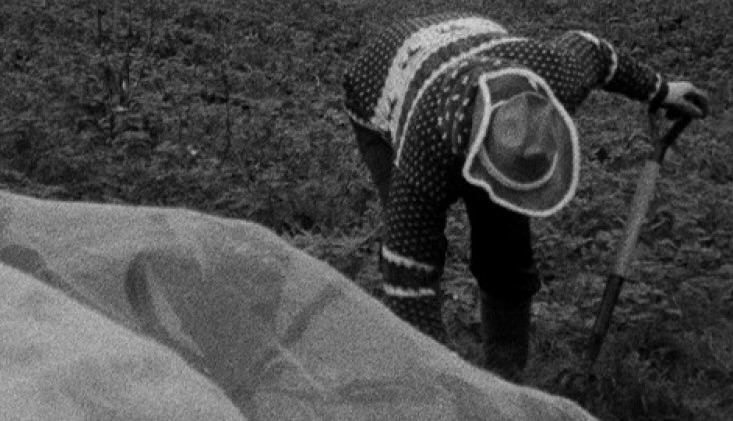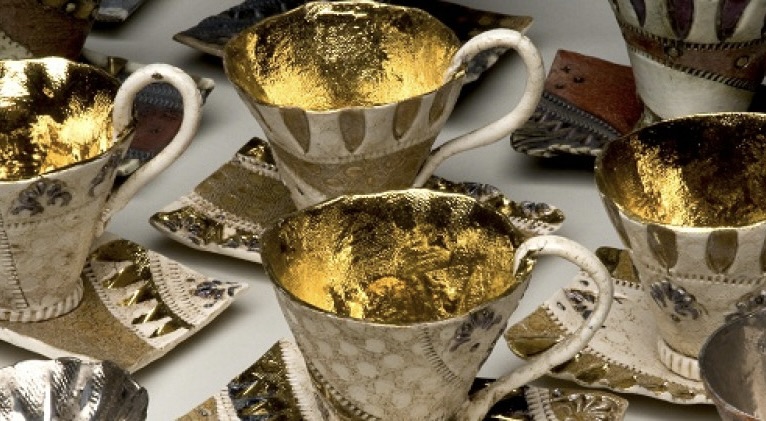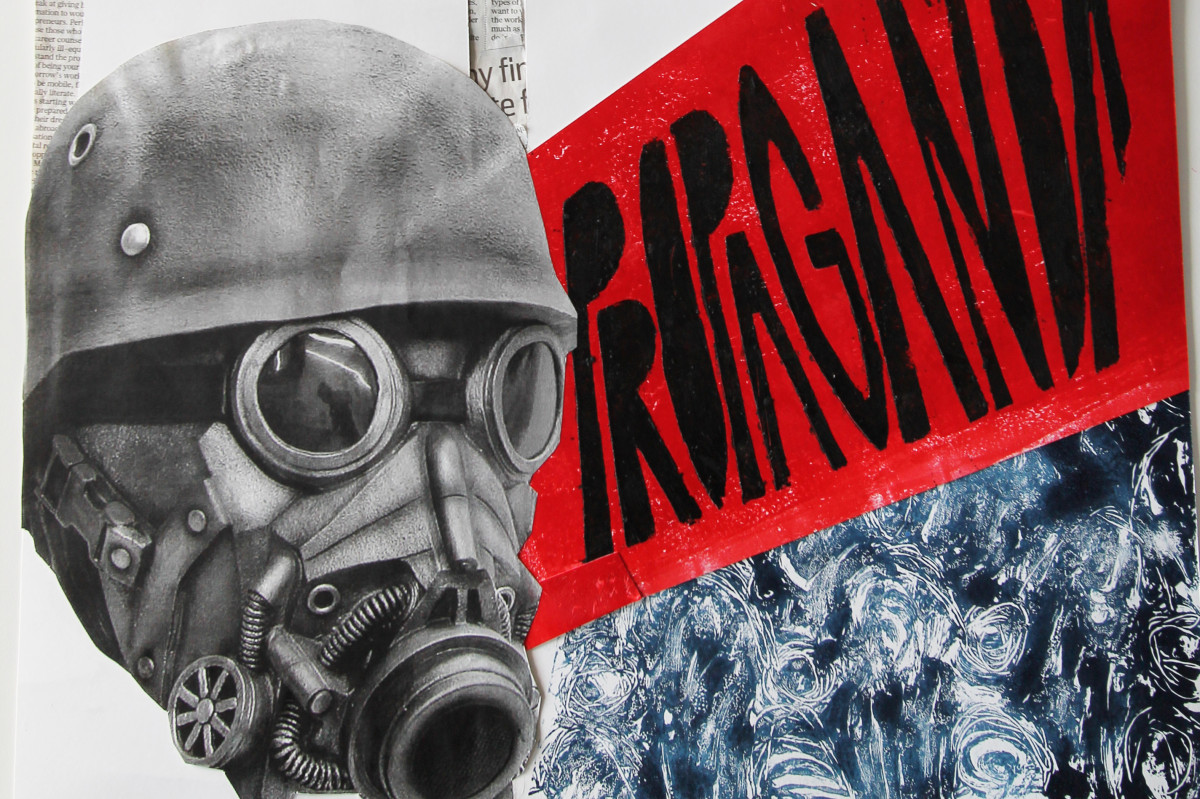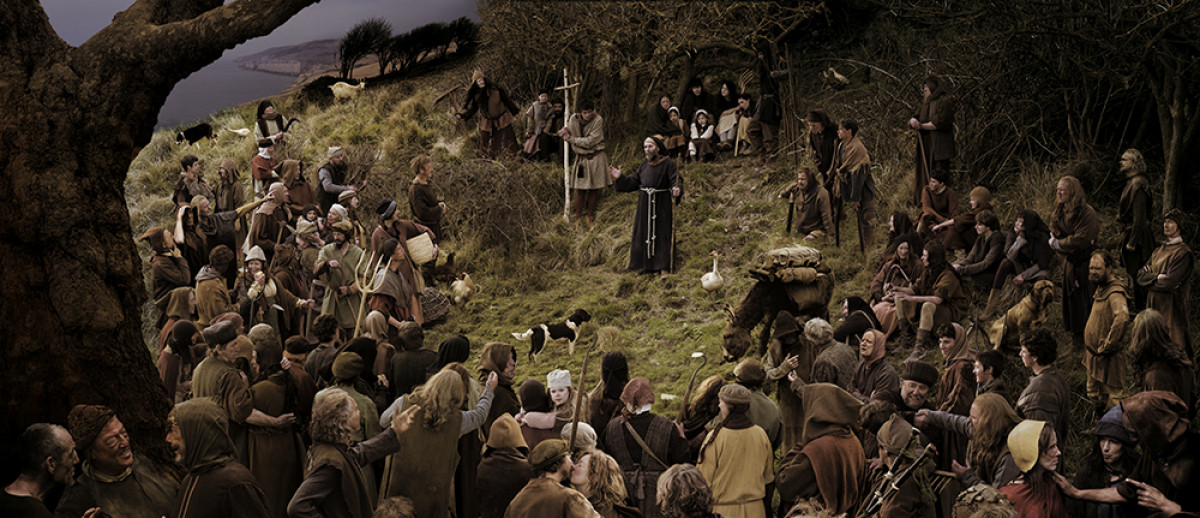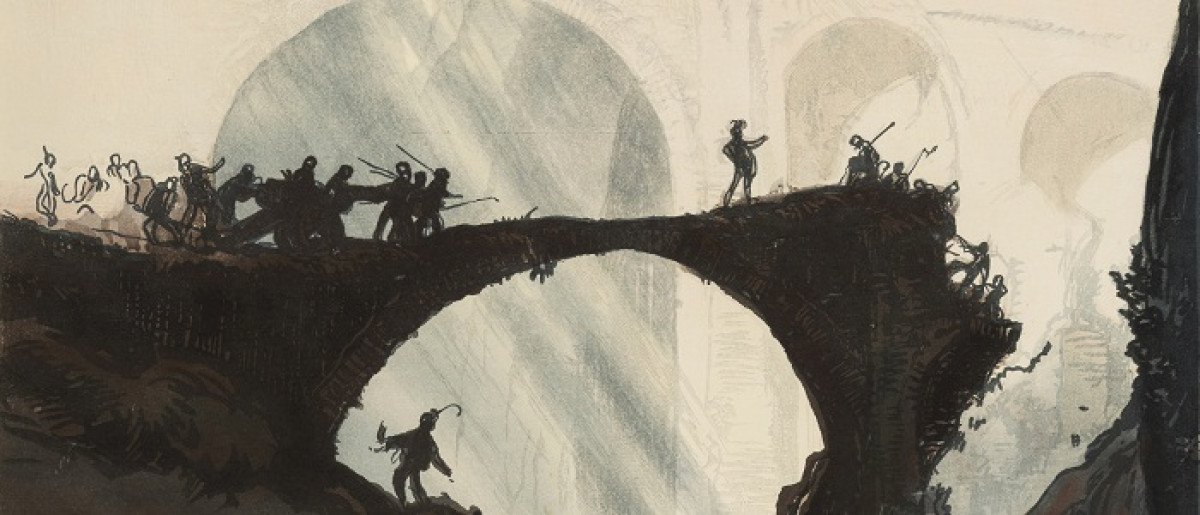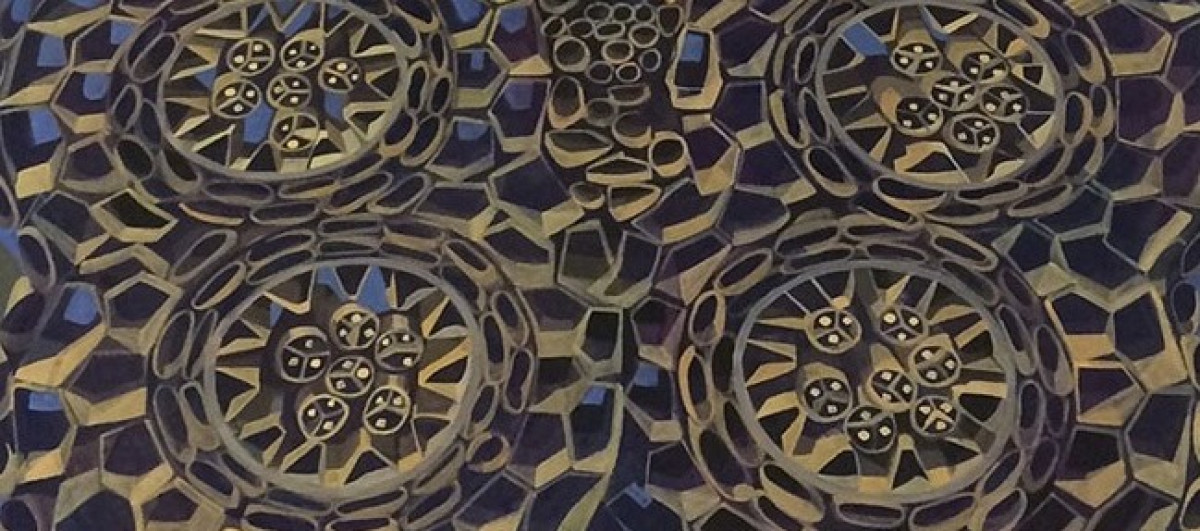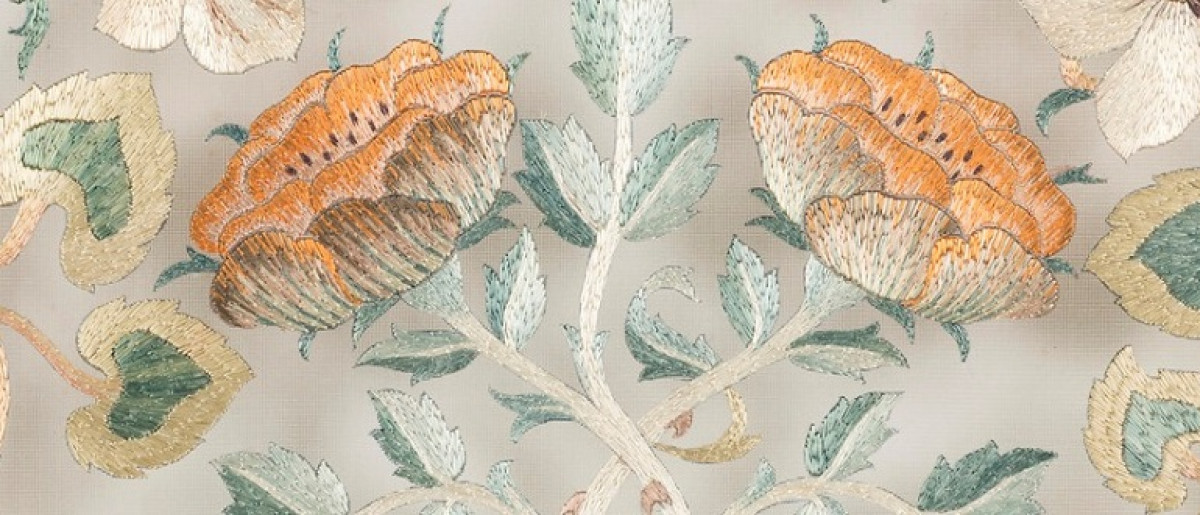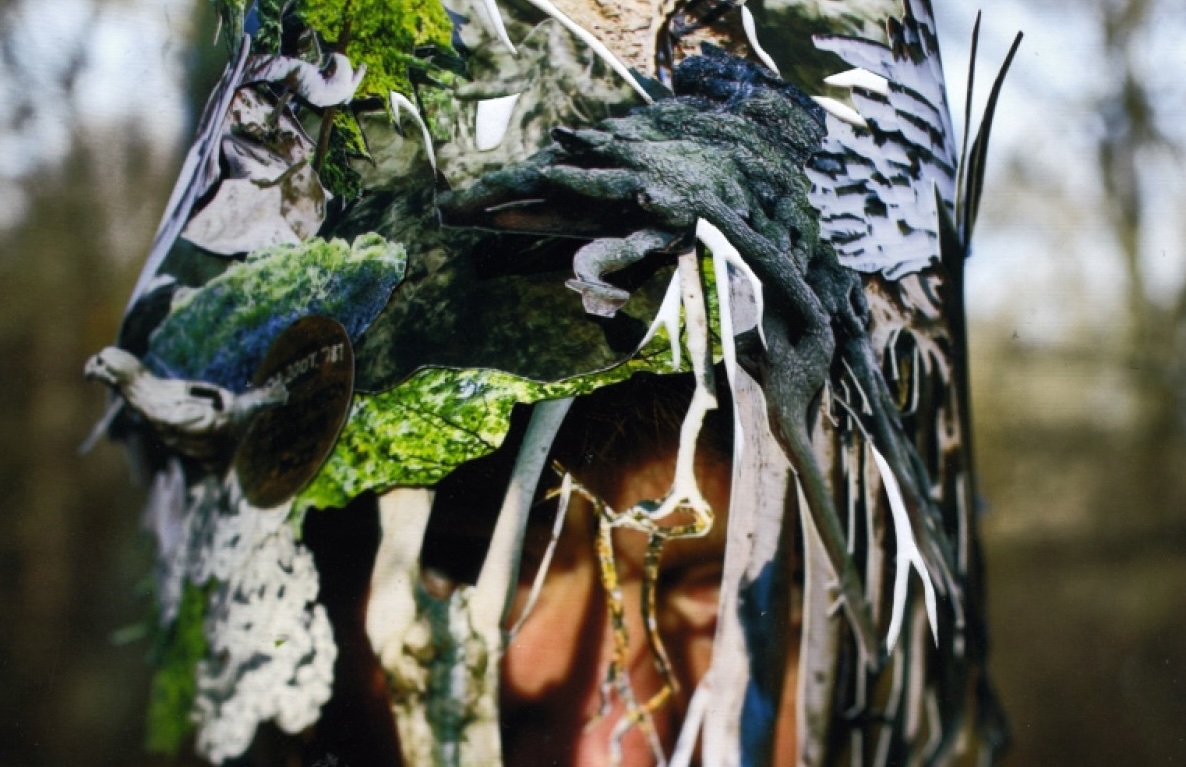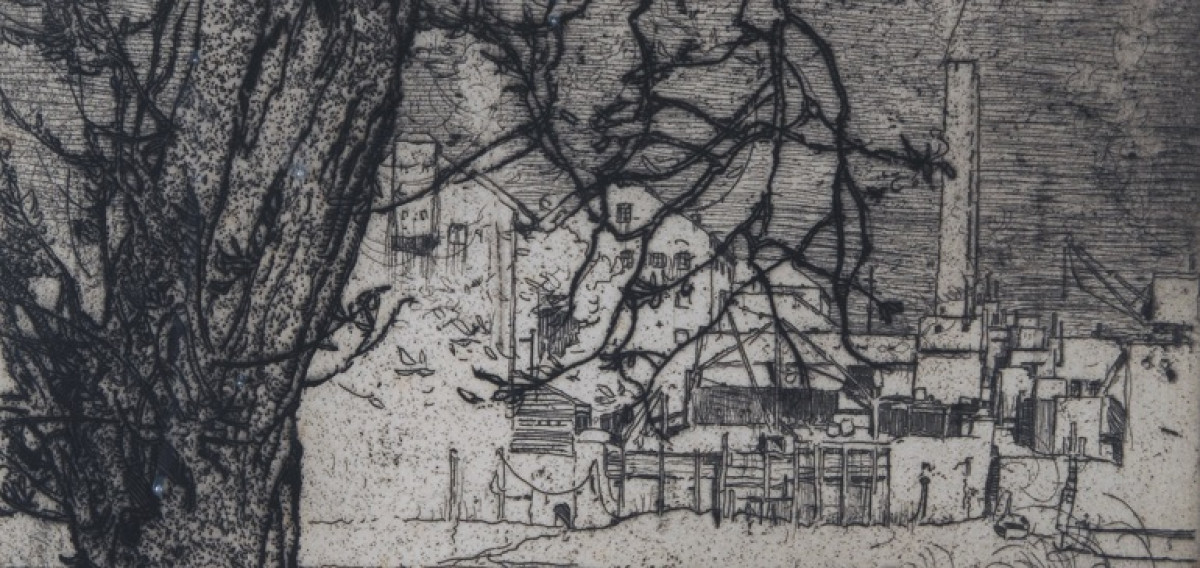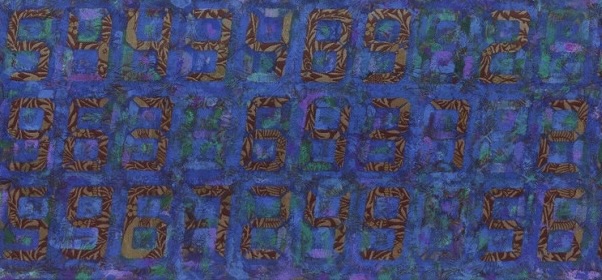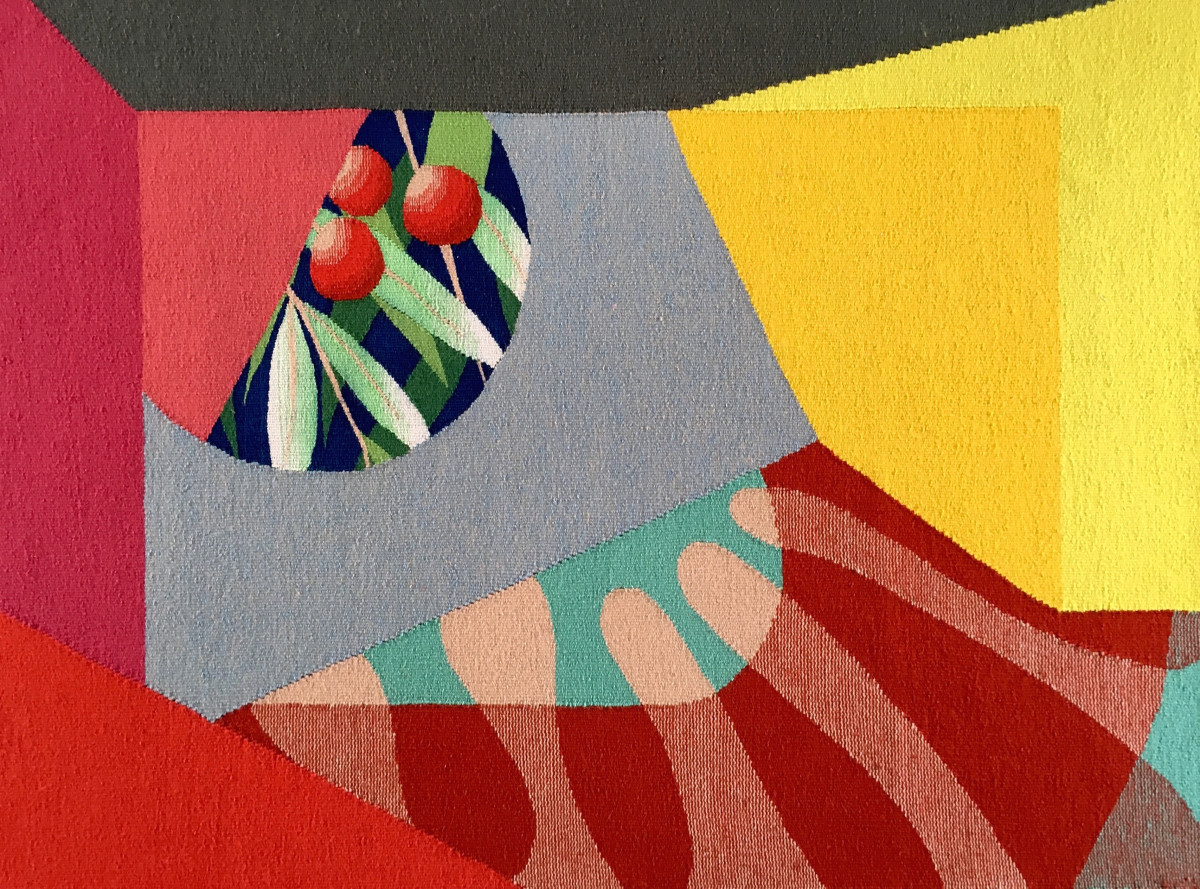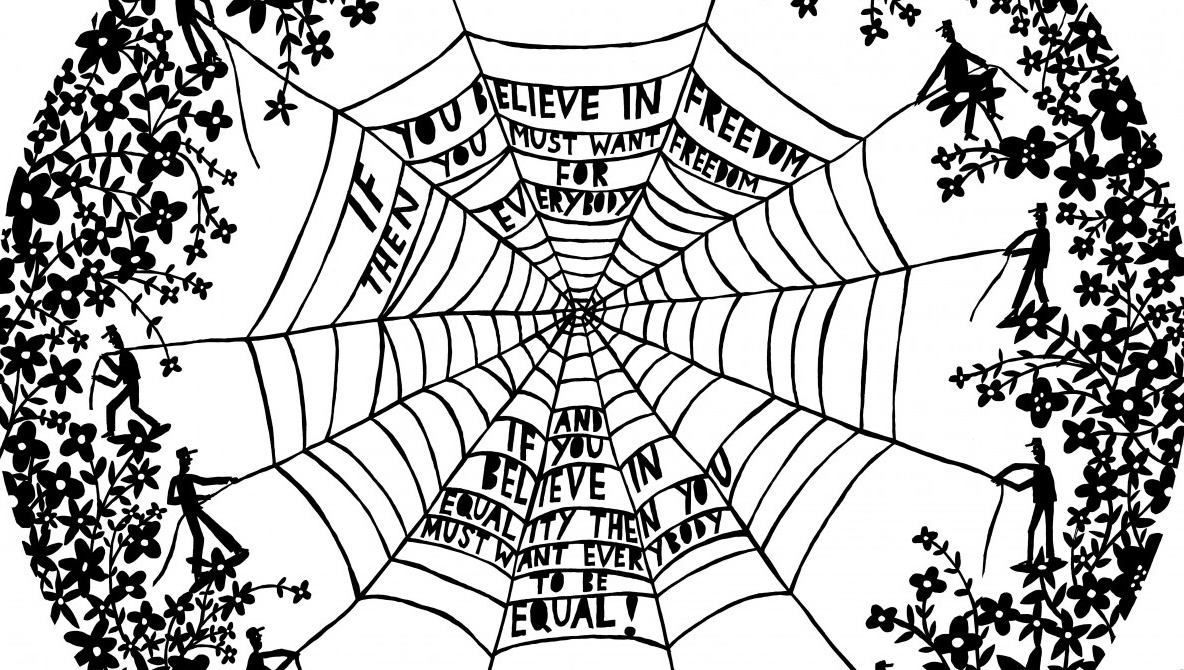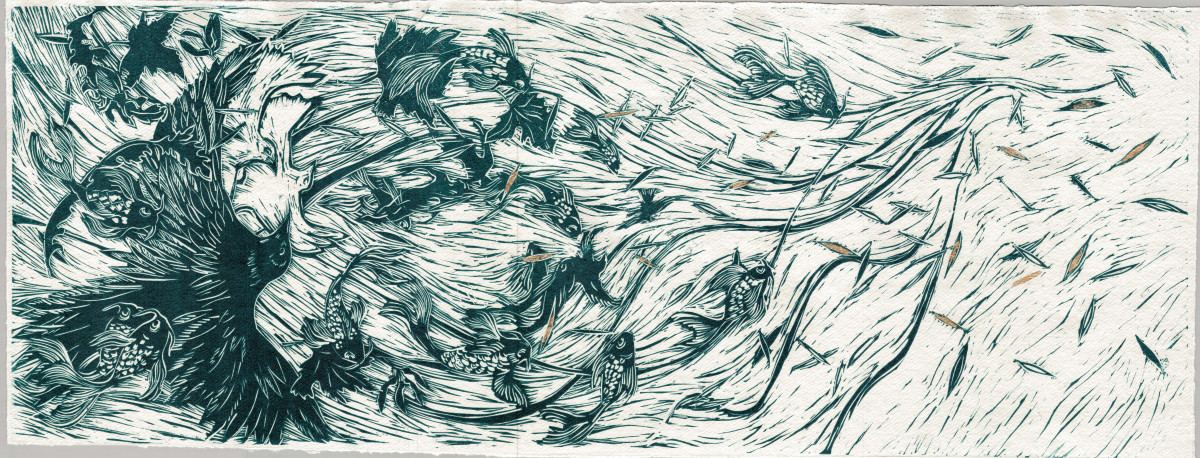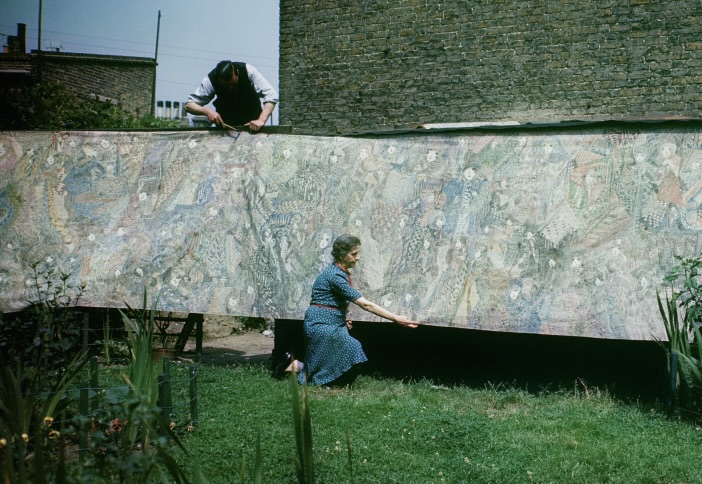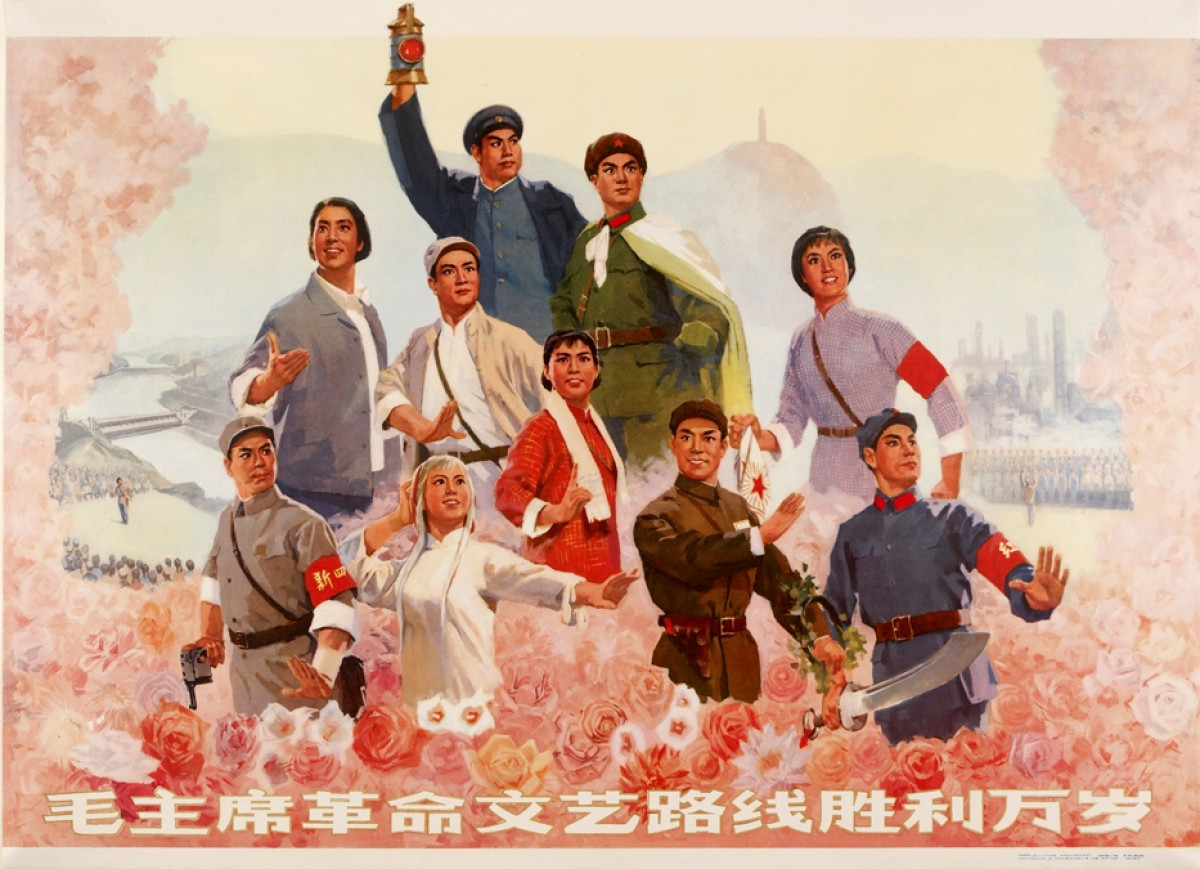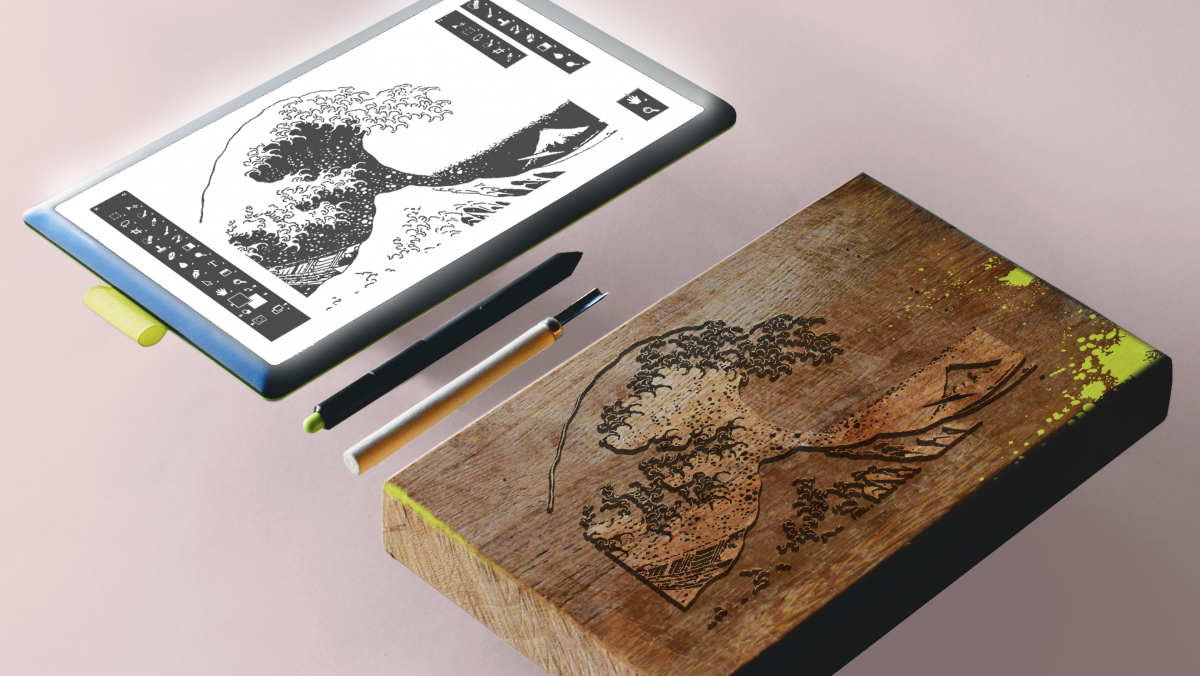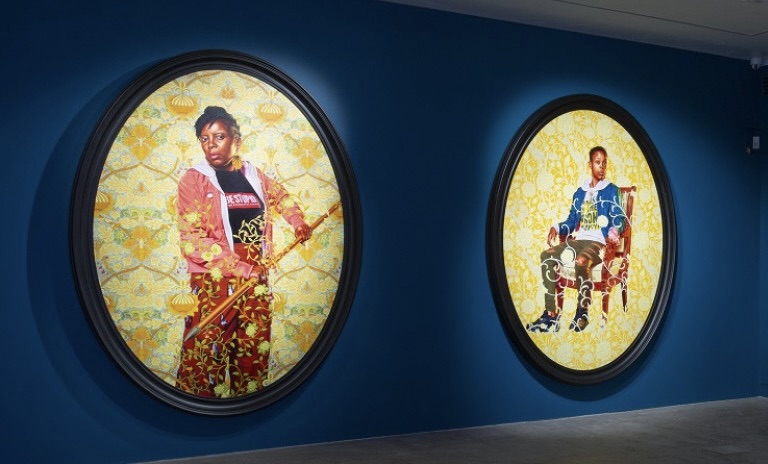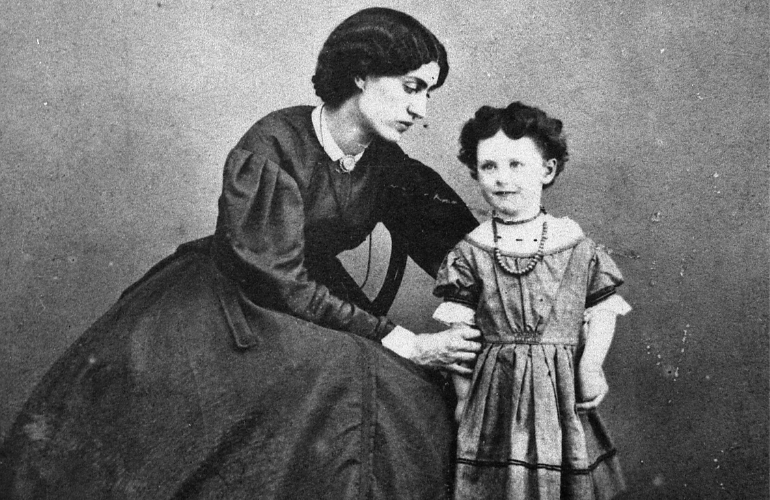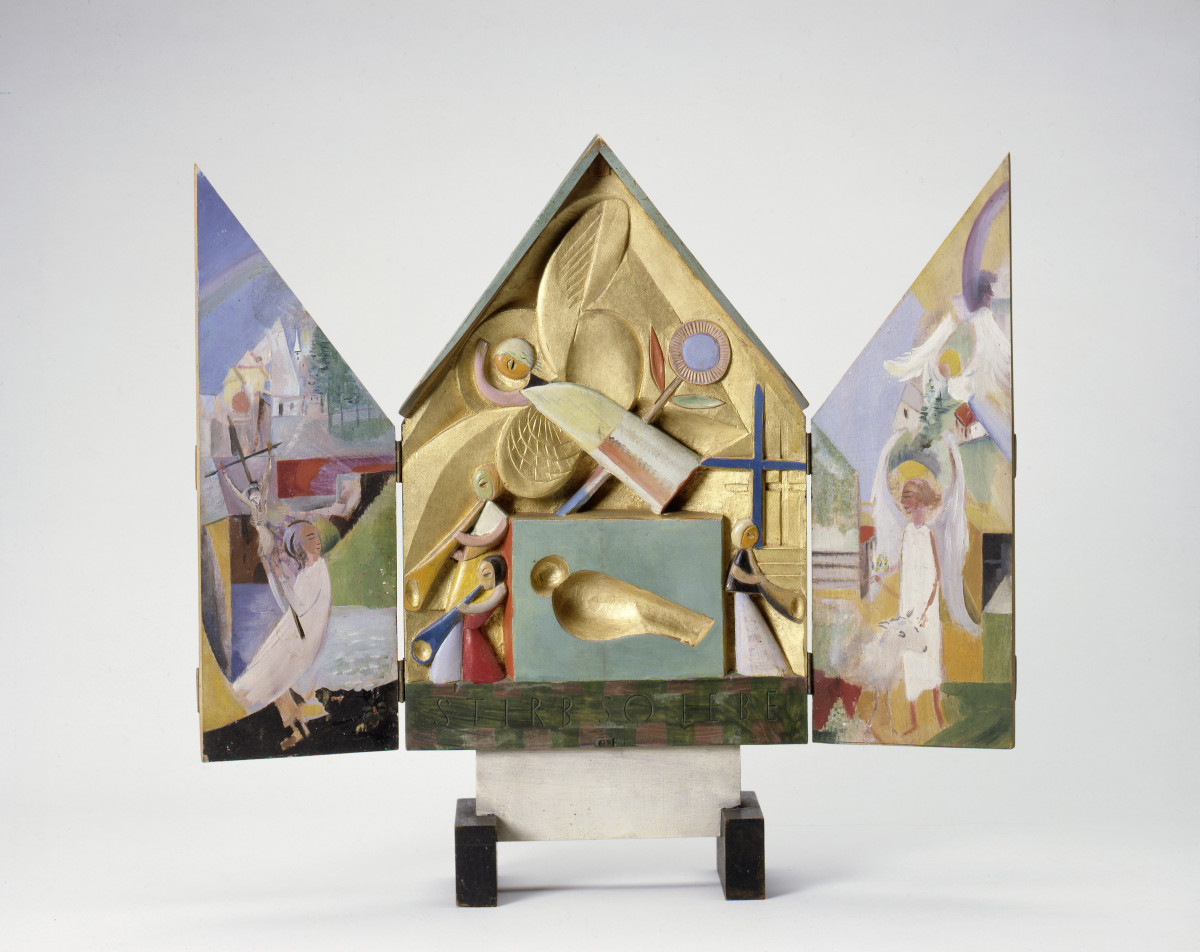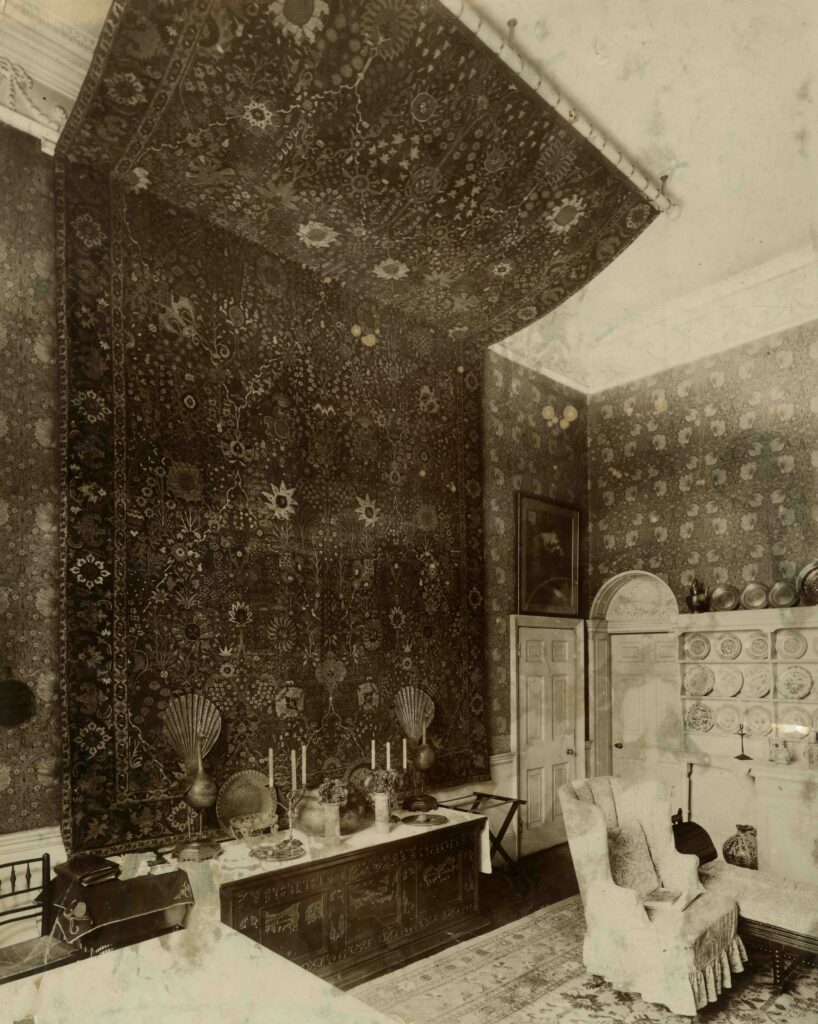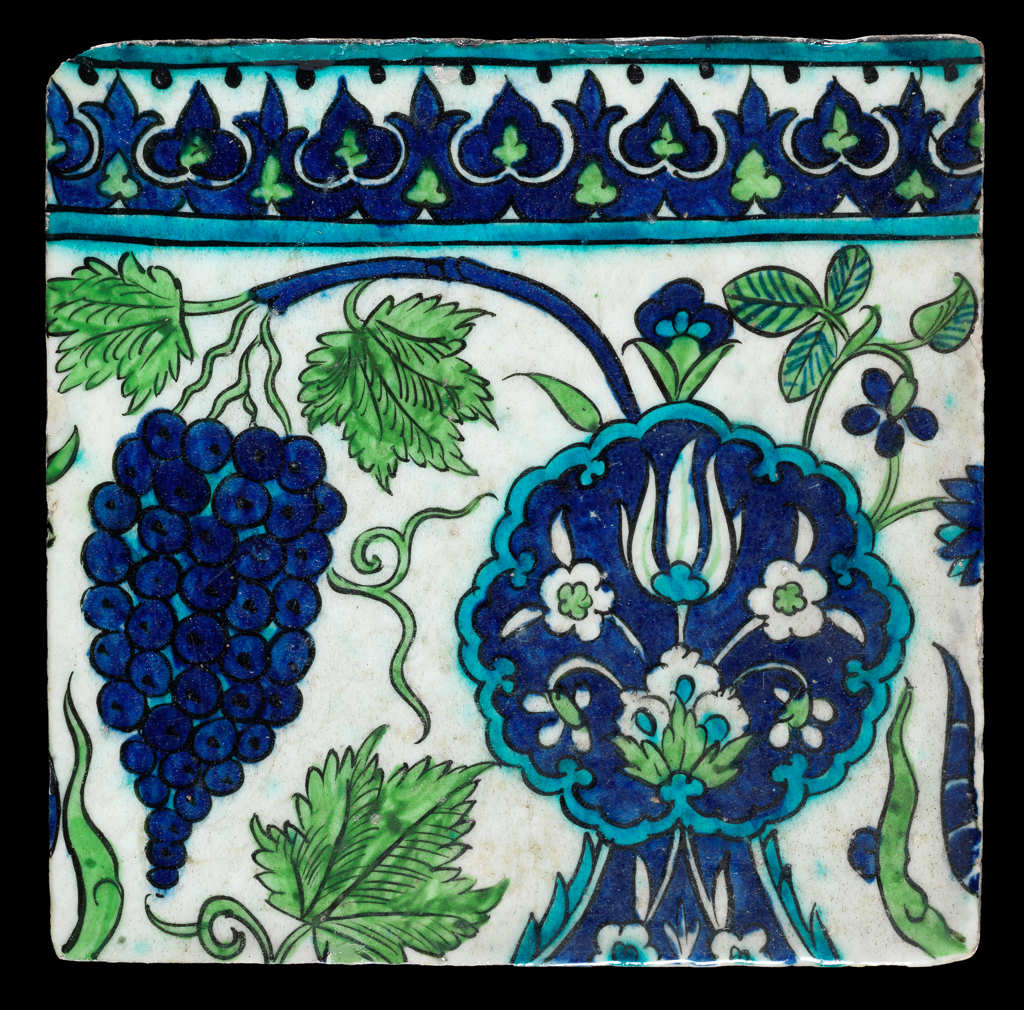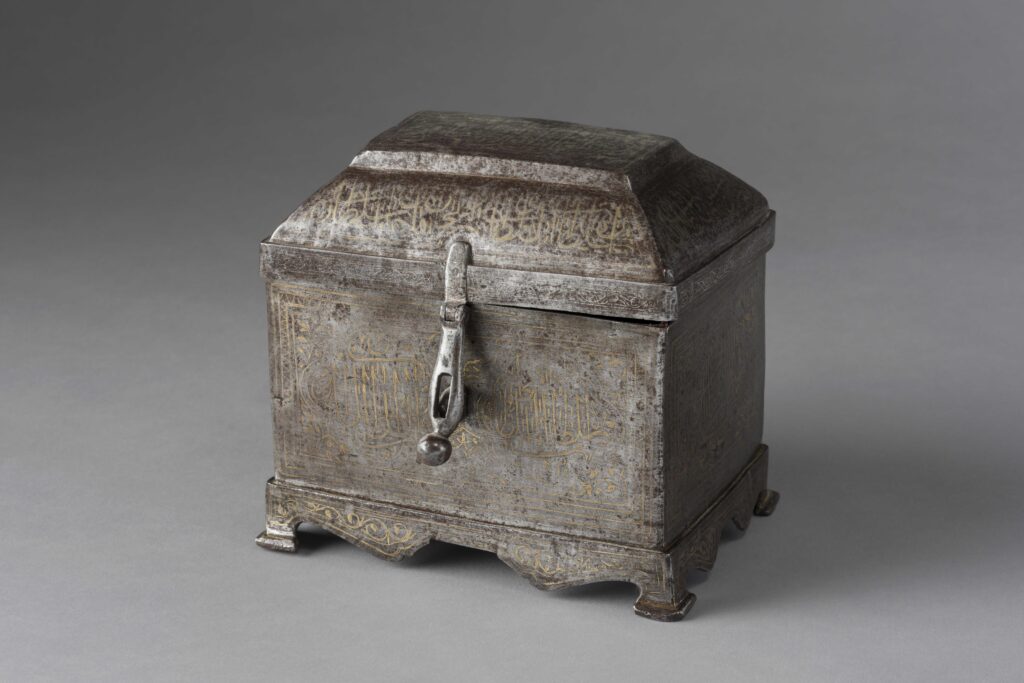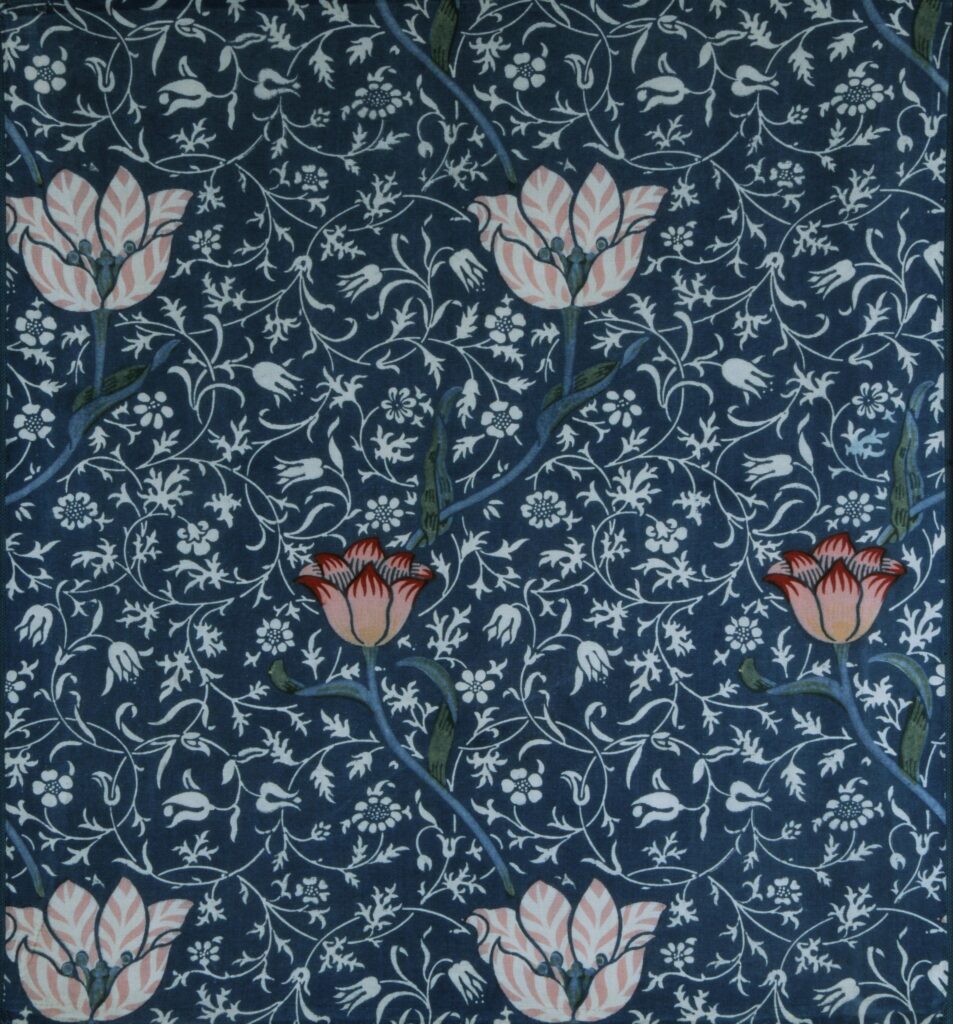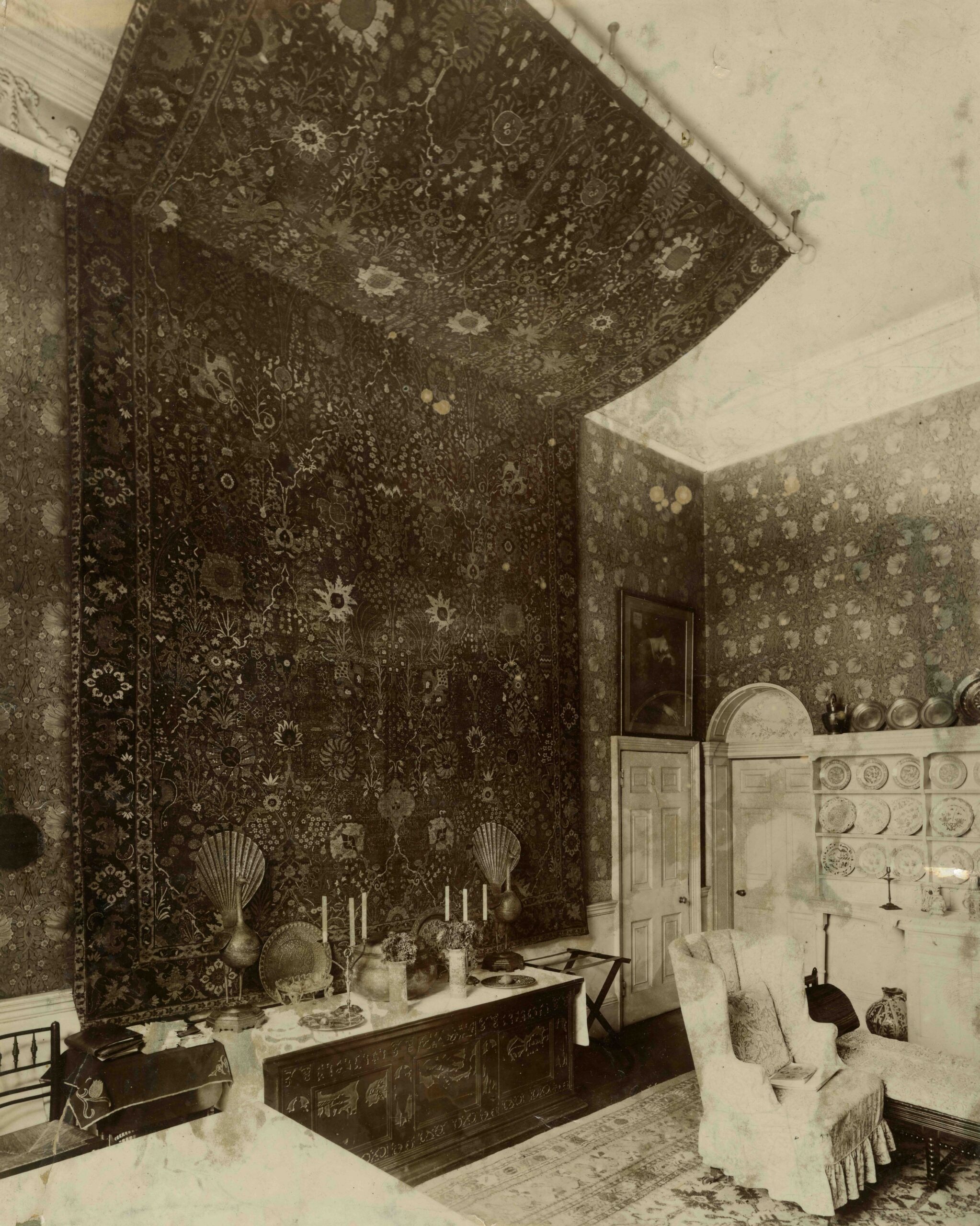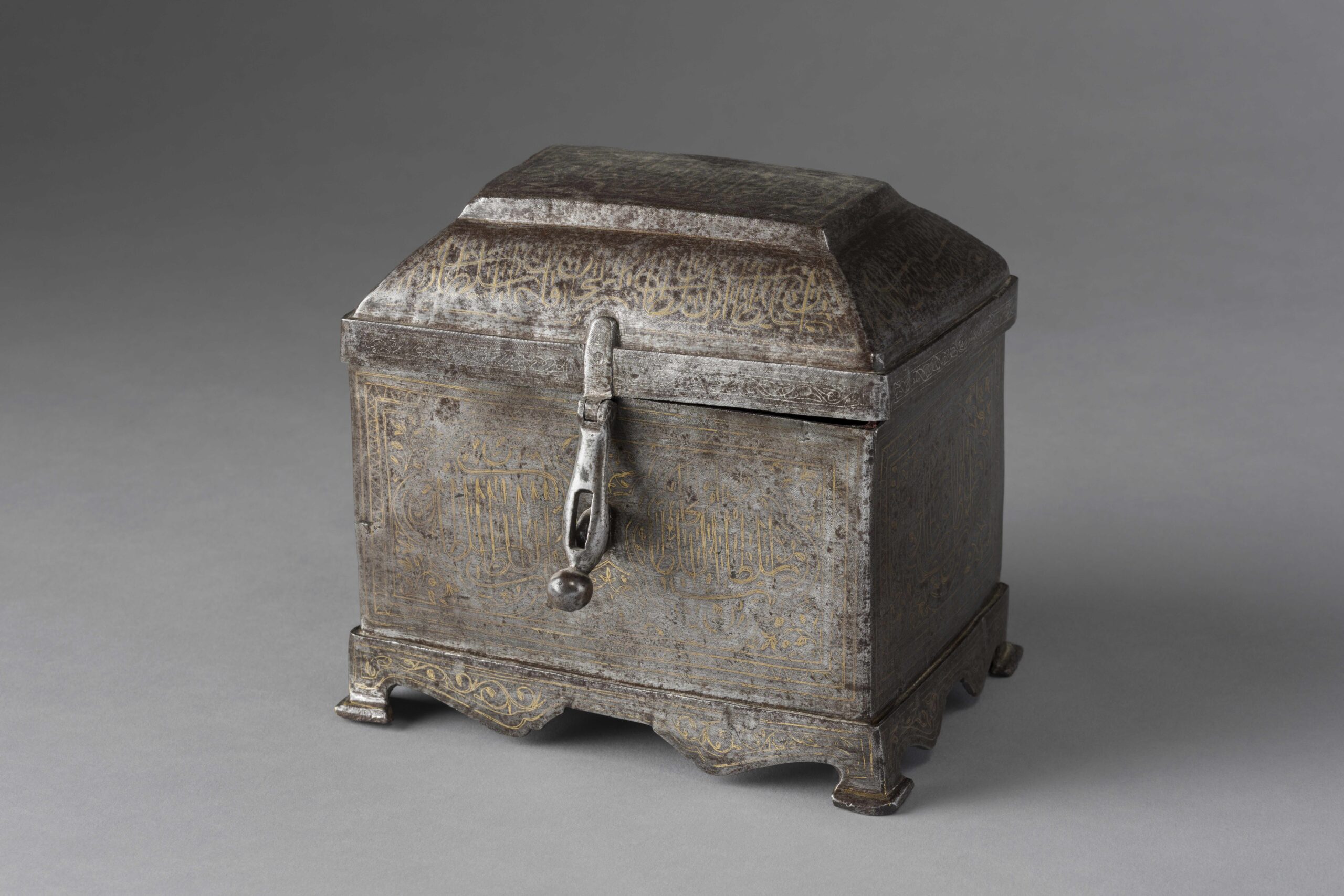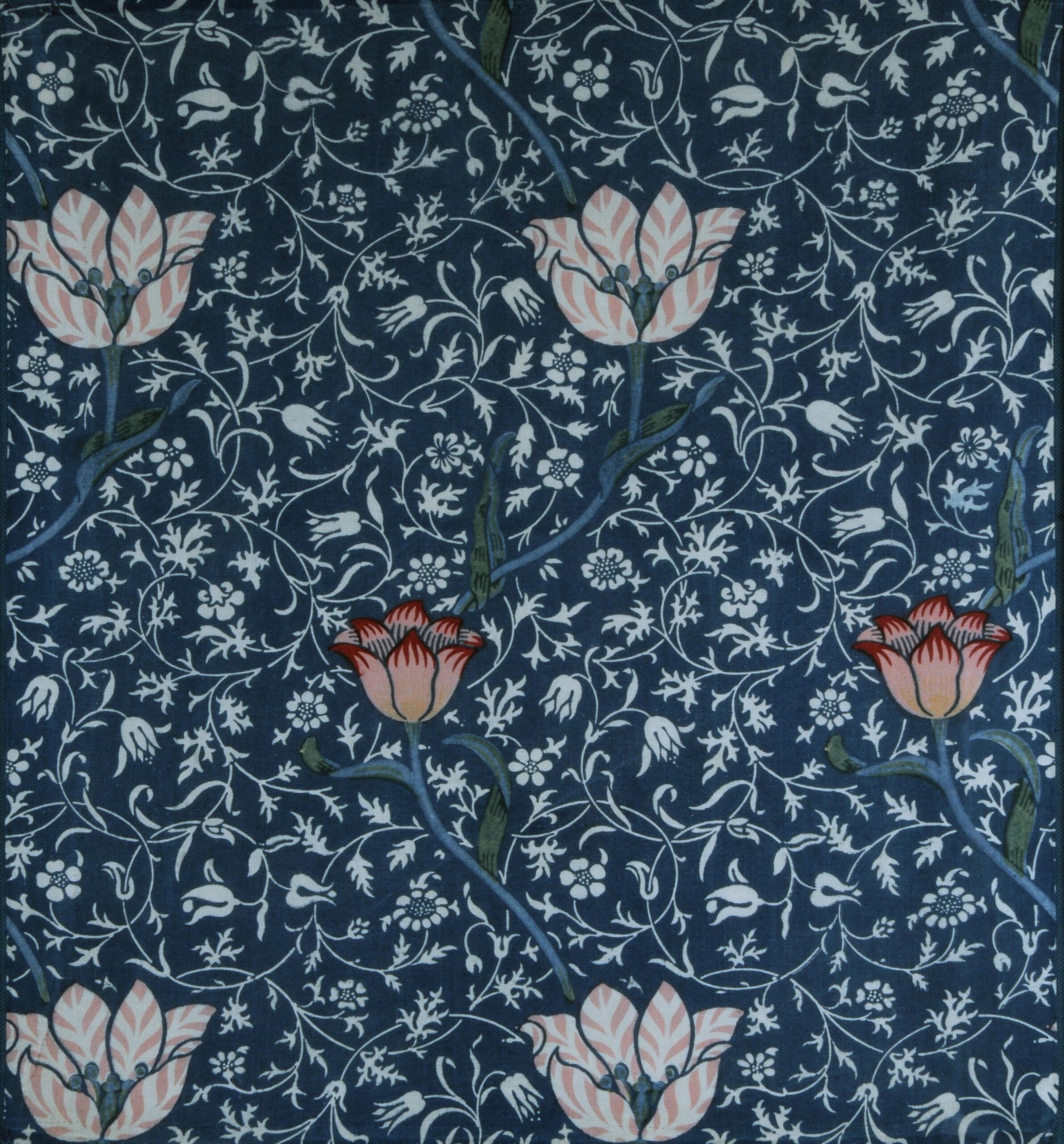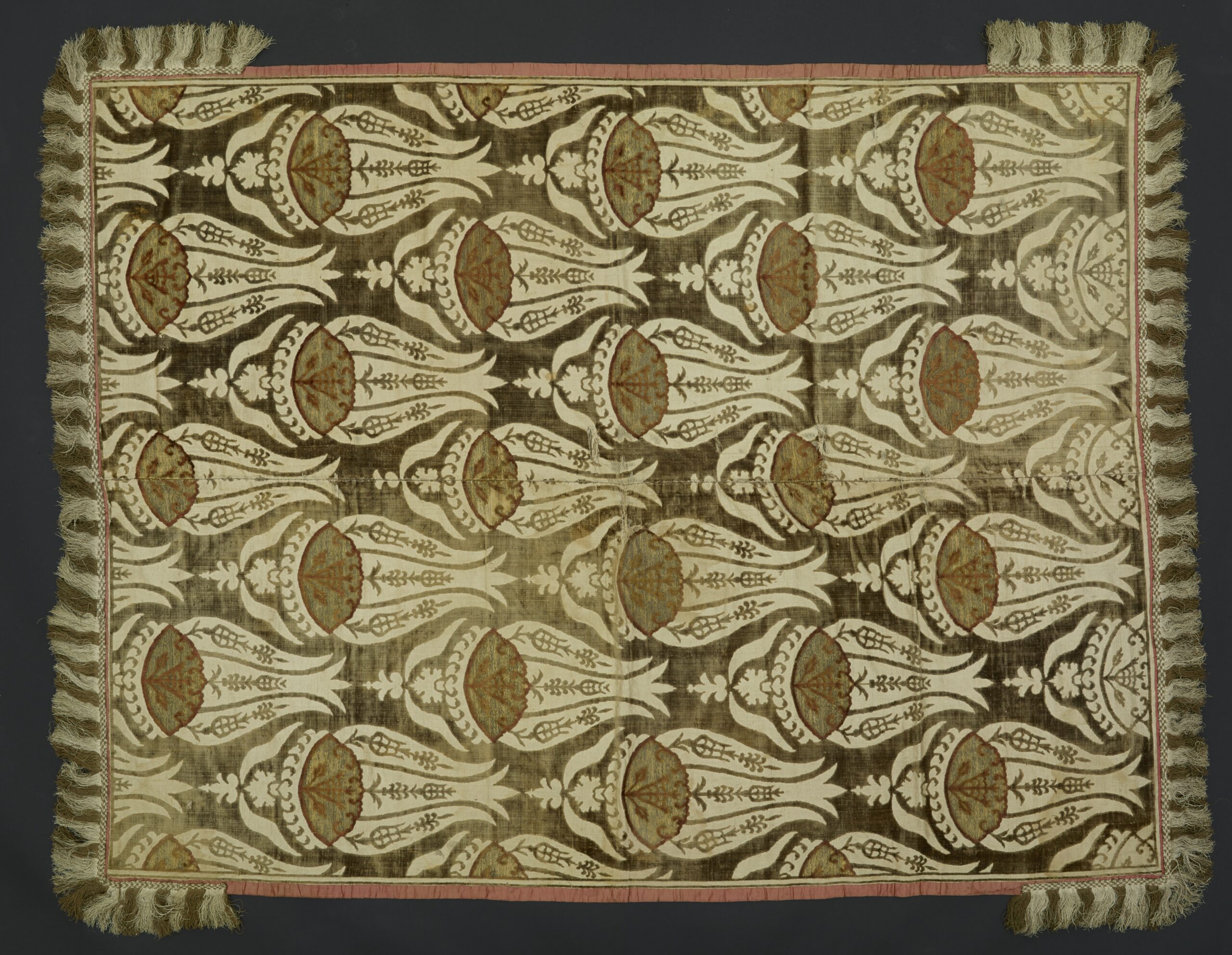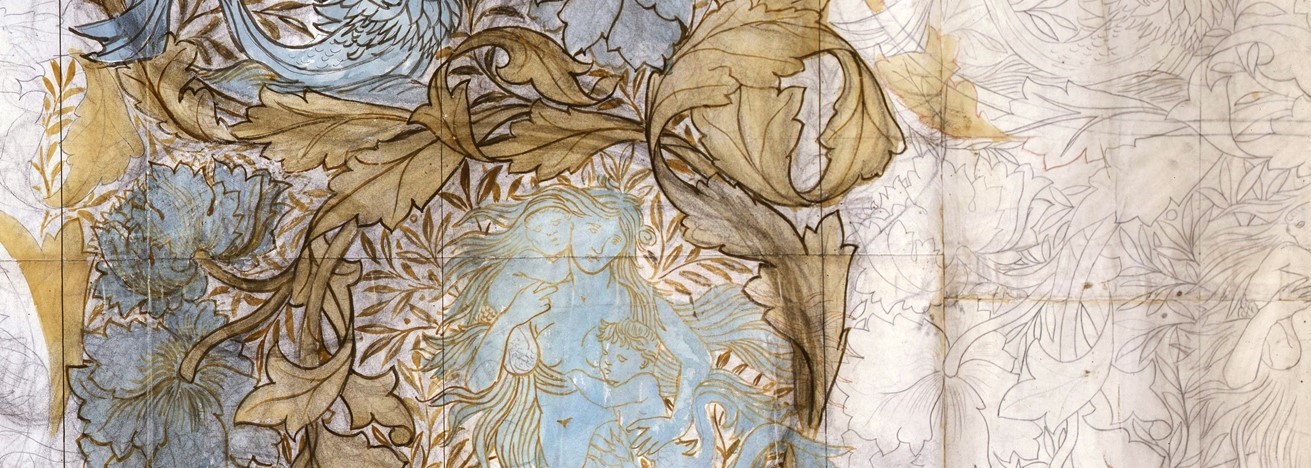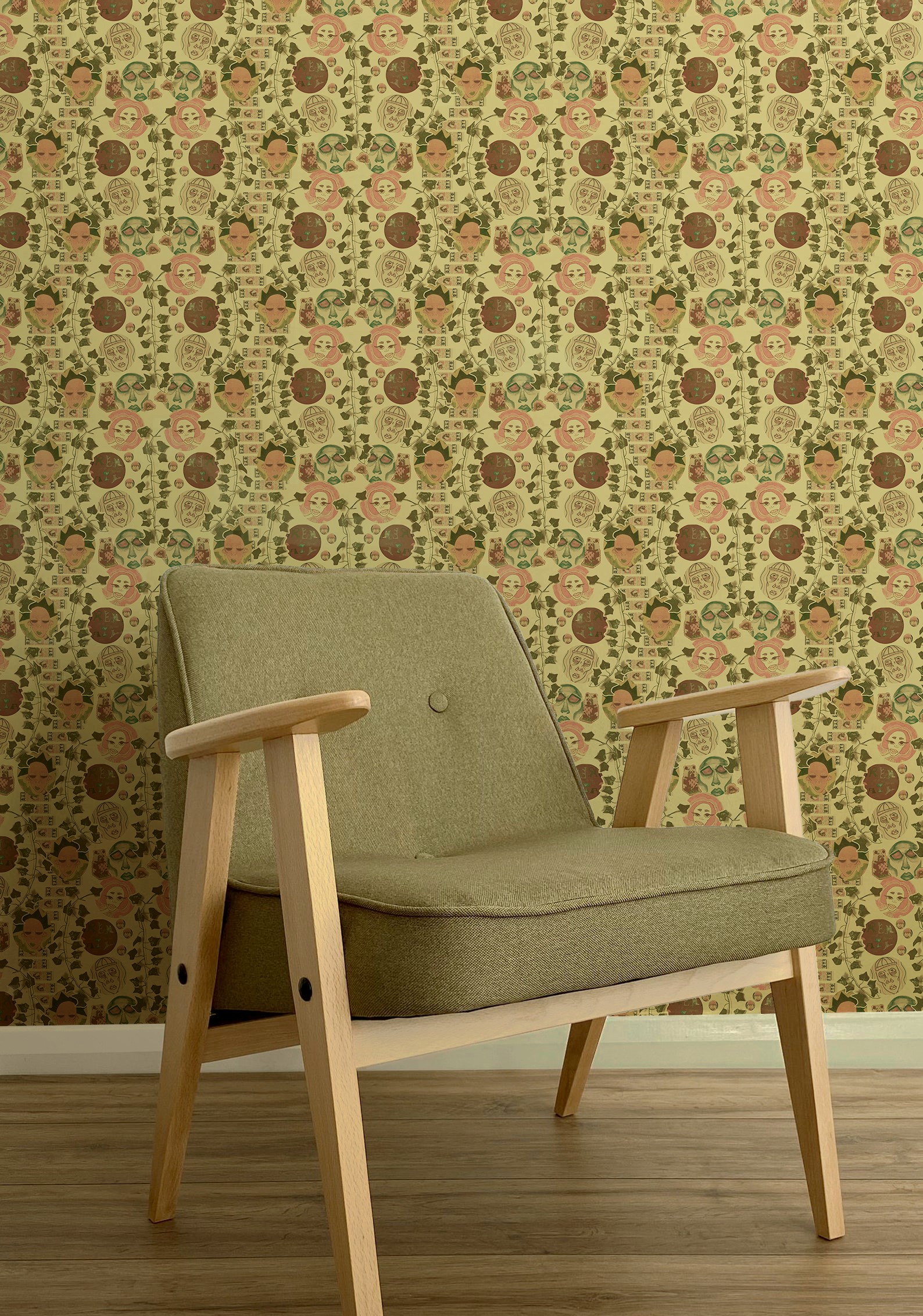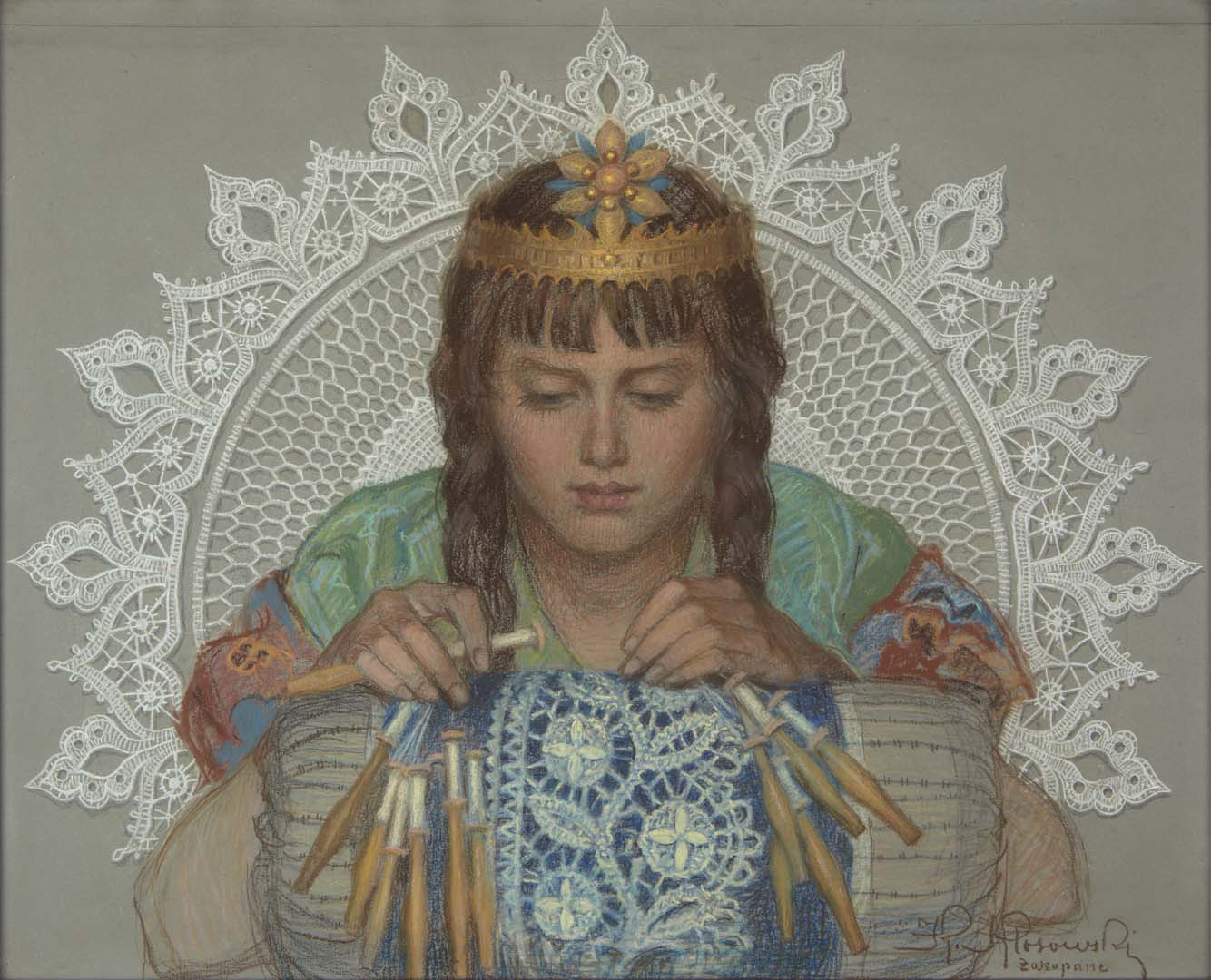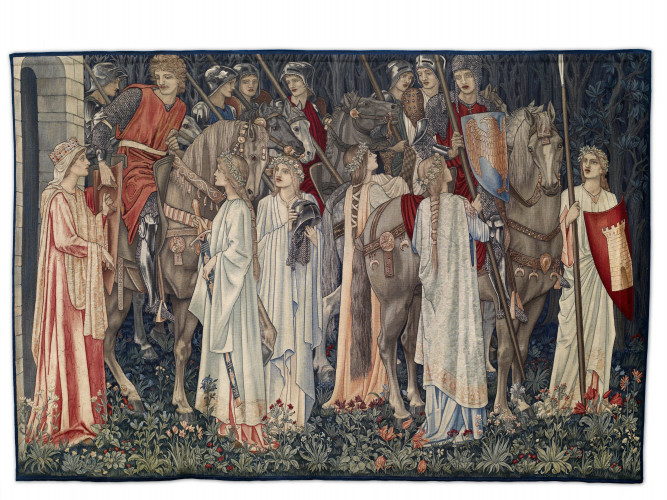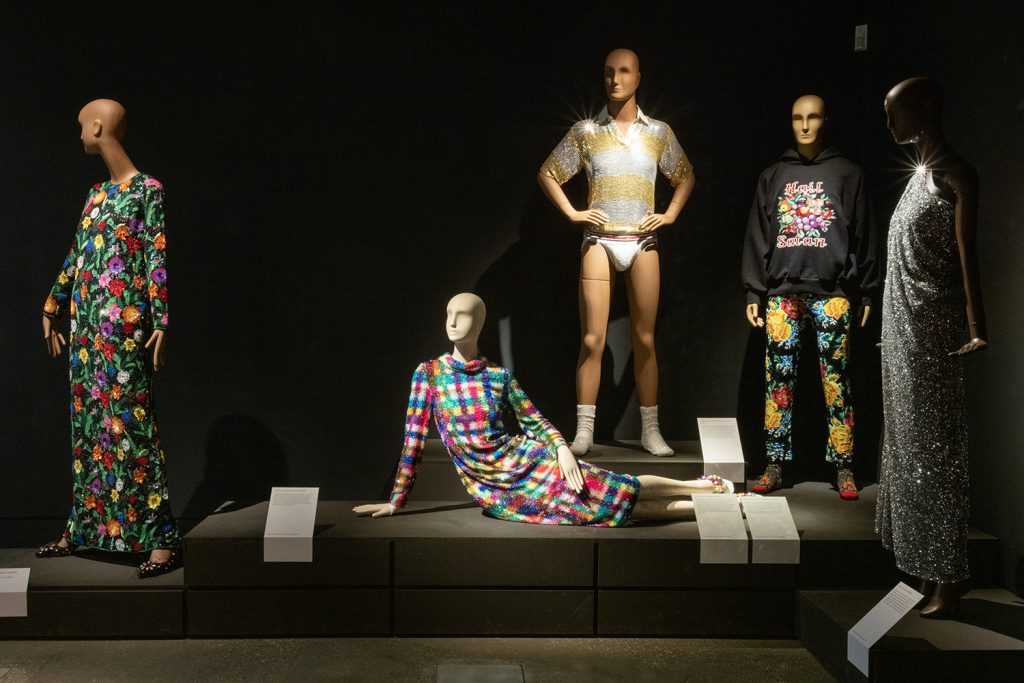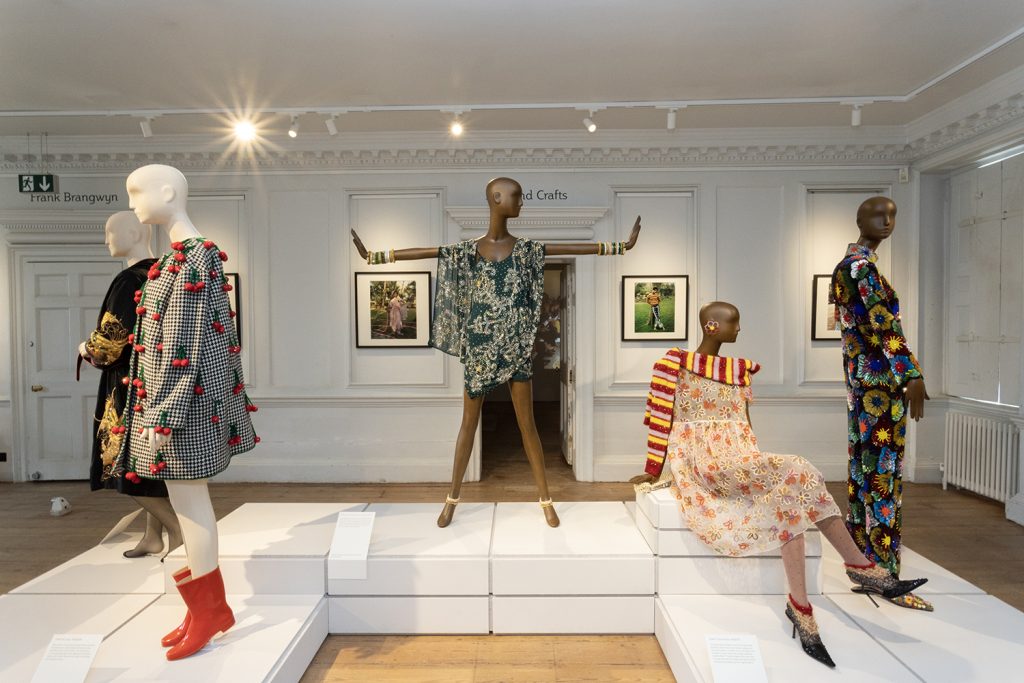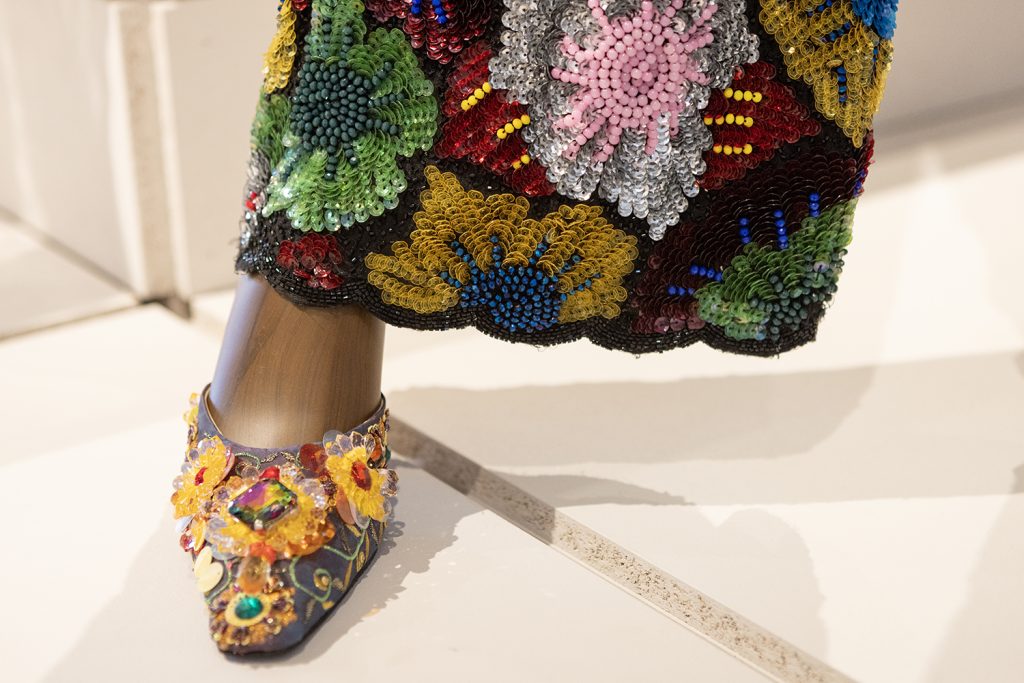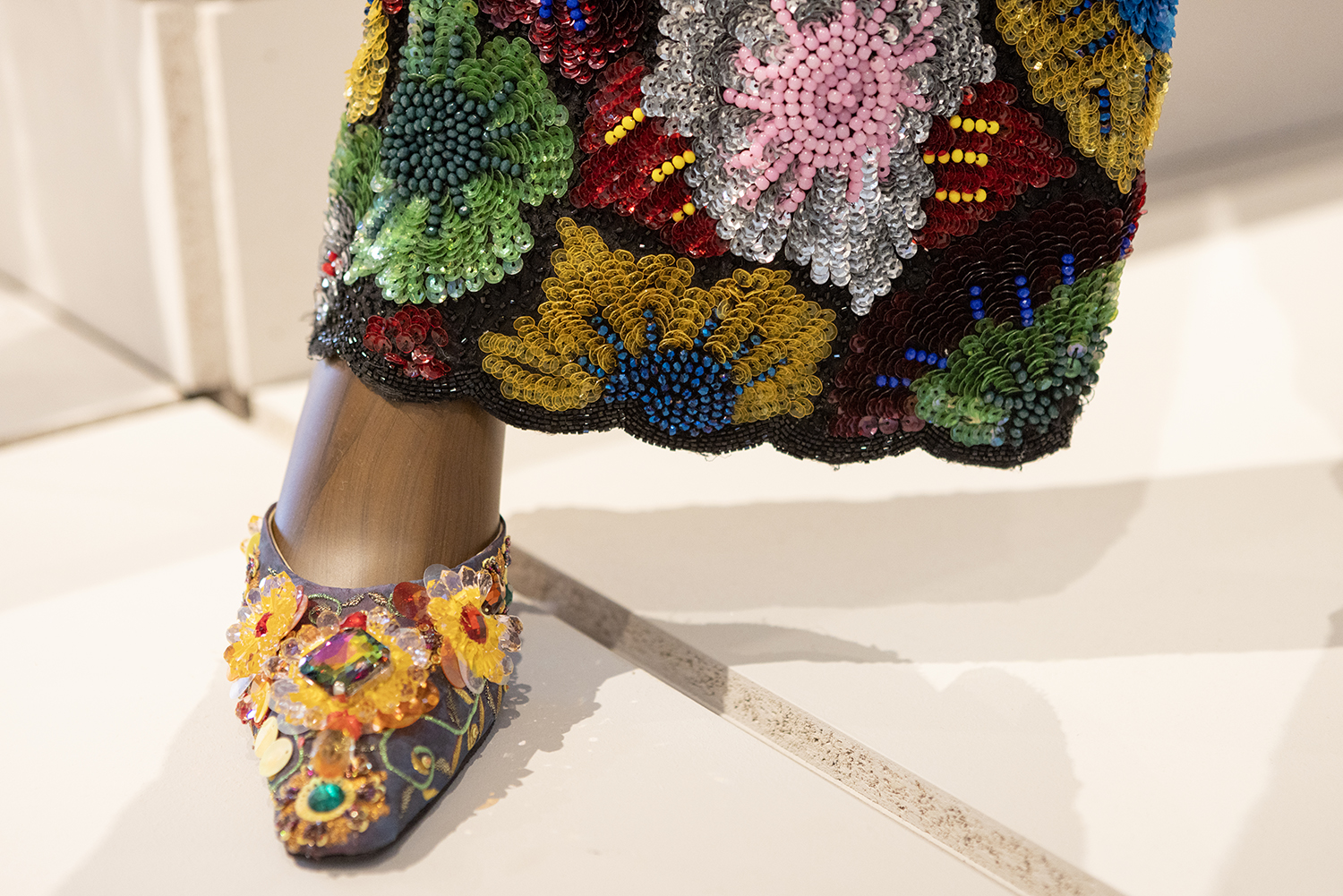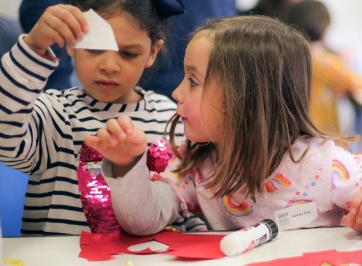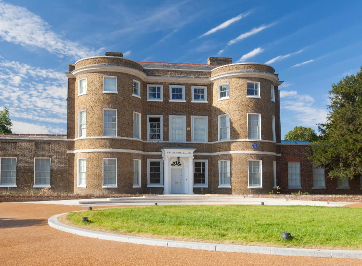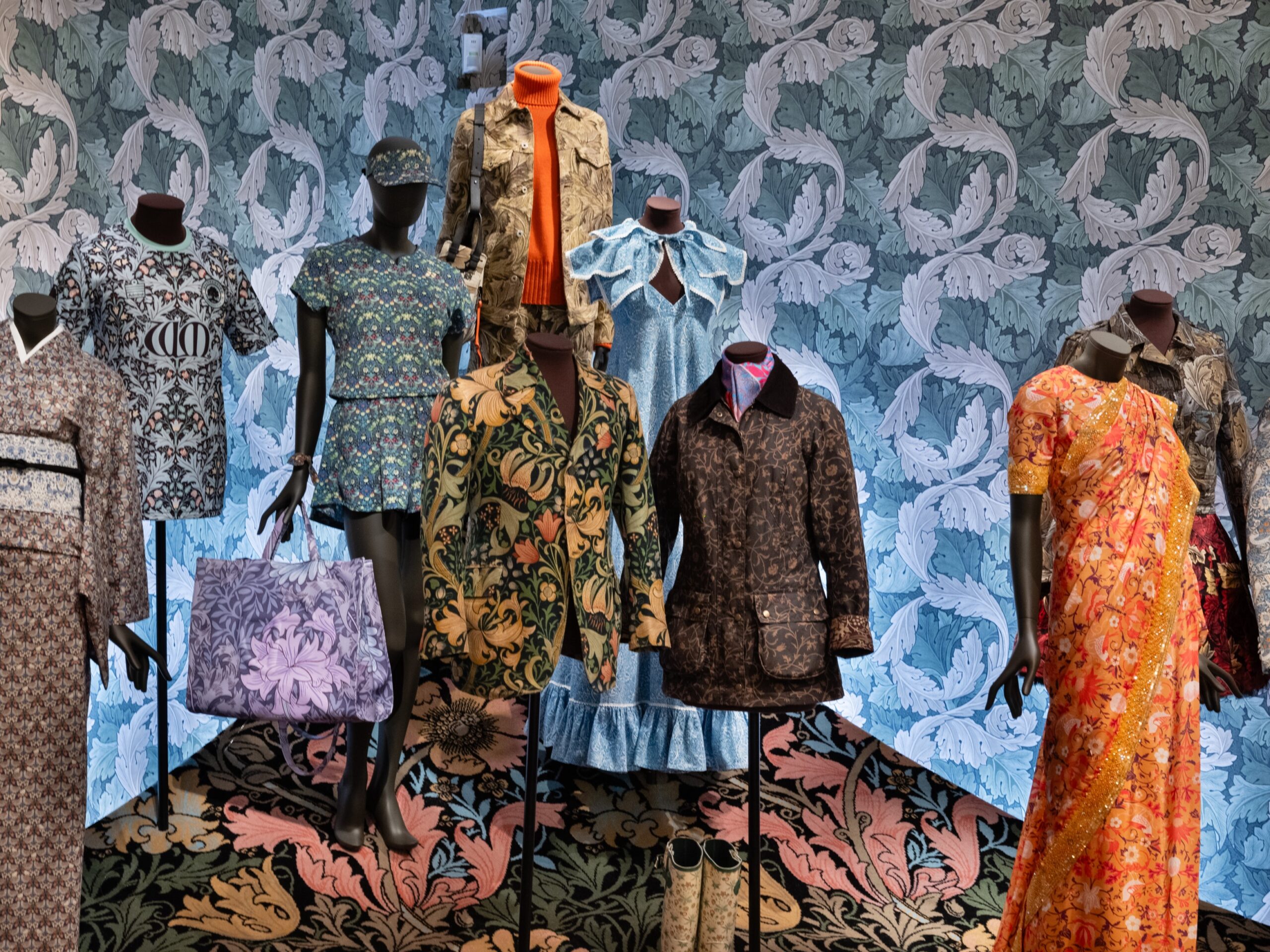
Morris Mania
How Britain’s greatest designer went viral
Saturday 5 April - Sunday 21 September 2025
Showcasing the remarkable versatility and lasting influence of William Morris’s designs in popular culture, both in Britain and abroad.
William Morris (1834-96) has gone viral. Today, we find his infinitely-reproduced botanical patterns on shower curtains, phone cases, on film and TV, and in all corners of our homes, dentist waiting rooms and shopping centres.
One of our greatest designers, Morris argued that beautiful objects could only be created through a responsible and close relationship with the natural world and enjoyable, creative working conditions. These principles continue to influence subsequent generations of designers, makers and consumers today.
Morris Mania explores a complicated legacy. Over 125 years since his death, Morris’s work continues to grow in popularity. His patterns are now affordable, well-loved and available to people across the globe, something he failed to achieve in his lifetime. However, this has been achieved in the context of mass-production, computer-generated design, global capitalism and environmental crisis. Morris Mania considers the ongoing impact of Britain’s most iconic designer in our increasingly cluttered and commodified world.
Objects from William Morris Gallery and private and public international collections include a ‘Rose’ patterned seat from the 1980s British Nuclear Submarine Fleet, ‘Willow’ pattern Nike trainers, and Loewe fashion inspired by Morris’s designs. The exhibition also features Morris-patterned objects donated by the public. Revealing how the designer’s work has permeated our everyday lives, visitors are invited to continue to lend and donate their own Morris-print objects throughout the course of the exhibition. Morris-patterned donations to date include chopsticks, a waving cat from Japan, hand-embroidered wedding jackets, Wellington boots and an array of mugs and biscuit tins.
The exhibition will feature Wallpaper (2025), a newly-commissioned work by archive documentary filmmaker Natalie Cubides-Brady, exploring how William Morris’s designs have been used in screen history. A montage of scenes from film and TV will reveal the diverse and sometimes surprising range of narratives, settings and moods that Morris designs conjure up. Cameos in everything from My Fair Lady, Sunday Bloody Sunday and Django Unchained, to Gogglebox, Coronation Street and Peep Show, highlight how Morris designs form part of the fabric of 20th- and 21st-century popular culture.
Morris Mania is curated by Hadrian Garrard, Director of William Morris Gallery. Part of the Gallery’s 75th Anniversary Year programme, the exhibition will be accompanied by an exciting programme of events and activities at the Gallery.
Exhibition design by Sam Jacob Studio.
Wallpaper (2025) trailer – see the full-length film at Morris Mania
Living with Morris
We are also excited to be developing a Living with Morris Archive of photographs from the public, that explores how Morris’s designs provide a backdrop to everyday life. Do you have a photograph you’d like to share? It might feature a Morris-patterned chair, curtains, or wallpaper from your home either now or from your childhood? Or something more unexpected—perhaps a handmade item, something that you have made, or even a tattoo…
Send your photos to wmg.enquiries@walthamforest.gov.uk in a high resolution format. In sending your images you will be granting permission to share on social media and in our exhibition’s display.
